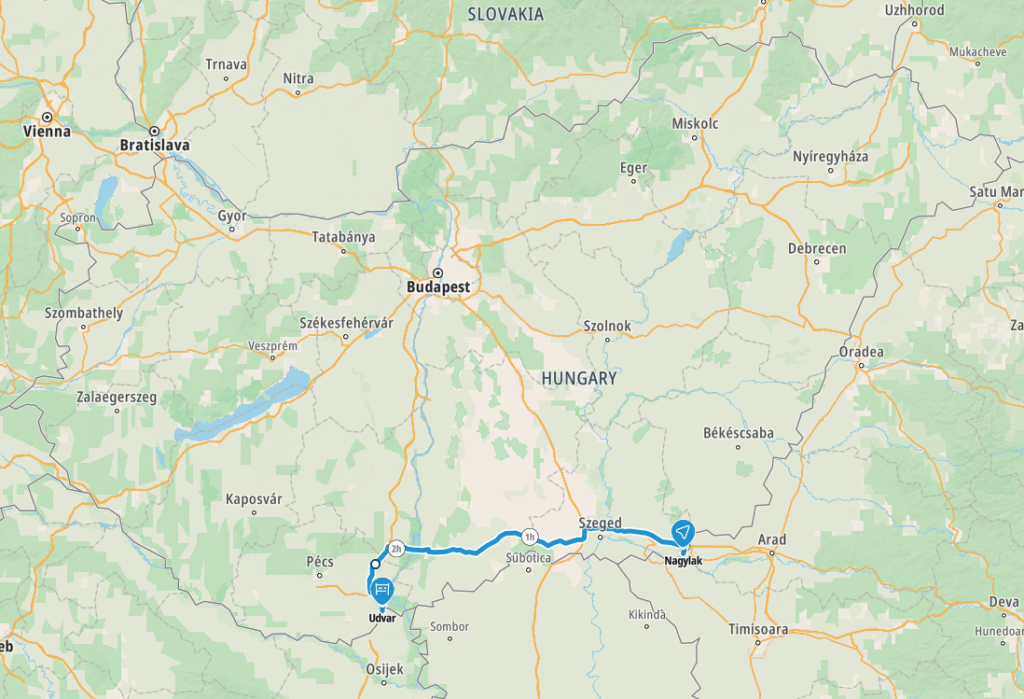Hungary / Magyarország – Let’s explore here
What’s Hungary like?
Hungary is a landlocked country in central Europe, consisting mainly of a large, flat central plain with hills and low lying mountains to the west and south. Lake Balaton, the largest lake in central Europe, and Lake Hévíz, the largest thermal lake in the world are both located in the west of Hungary. The highest point is Mount Kékes, in the north of the country, at 3,330 ft (1,015 m) above sea level.
Hungarian history dates back over a thousand years, beginning with the Magyar tribes’ conquest of the Carpathian Basin in the 9th century. Founded by King Stephen I in 1000, the Kingdom of Hungary became a powerful medieval state in Central Europe. Over centuries, Hungary faced invasions by the Mongols and Ottomans, leading to periods of occupation. In the 19th century, Hungary became part of the Austro-Hungarian Empire. Following World War I, the Treaty of Trianon reduced Hungary’s territory. The 20th century saw communist rule until 1989, when Hungary transitioned to democracy, becoming a member of the EU in 2004. It shares land borders with Austria, Croatia, Romania, Serbia, Slovakia, Slovenia and Ukraine.
The country itself is lovely to drive across when sunny, as it’s mostly a flat plain with massive skies and little fluffy clouds!
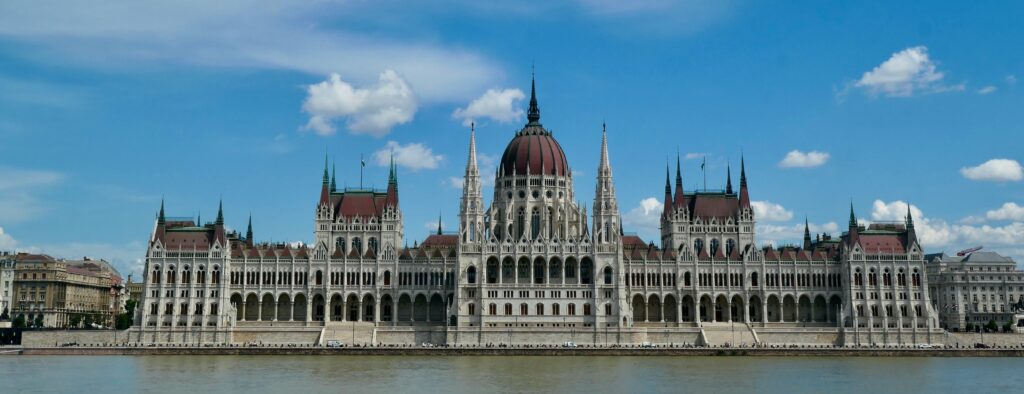
Hungarian people
Hungary has a population of just under ten million people (2023), about 3 million of whom live in the capital, Budapest. The people are very friendly and relaxed in the main, and many speak English. Hungary also operates a digital nomad visa scheme which you may find of interest.
Hungary is full of really lovely, very westernised people, which kind of surprised us, although we’re not sure why. Ignorance I guess! There appeared to be a world of difference (and large wealth gap) between the cities and the remote villages – you’re unlikely to see a car newer than 30-40 years old in many of the villages!

A bit about the history of Hungary
Early History and Magyar Conquest
Hungary’s history is long and complex, with key moments shaping its development. The area now known as Hungary was inhabited by various groups, including Celts and Romans. After the fall of the Roman Empire, the region was influenced by Germanic, Hunnic, and Slavic peoples. In 895 AD, the Magyars, a group of Finno-Ugric people, settled in the Carpathian Basin, founding what would become the Kingdom of Hungary under Árpád.
Medieval Kingdom and Christianization
King Stephen I (1000–1038) established Christianity and centralised the kingdom, which expanded its influence in central Europe. The Árpád dynasty ruled until 1301, when the kingdom faced internal strife and external invasions.
Ottoman Era and Division of Hungary
In 1526, after the Battle of Mohács, Hungary was divided into parts: the central region fell under Ottoman rule, while Habsburg Austria controlled the western part, and Transylvania became an autonomous principality. The Ottomans ruled Hungary for around 150 years.
Habsburg Rule and the Austro-Hungarian Empire
Following the Ottomans‘ retreat in the late 17th century, Hungary became part of the Austrian Empire under Habsburg control, with some autonomy retained. The 1848 revolution, inspired by other European uprisings, sought independence from the Habsburgs but was crushed. Hungary eventually became part of the Austro-Hungarian Empire in 1867.
Post-World War I and Treaty of Trianon
Following the collapse of the Austro-Hungarian Empire after World War I, Hungary lost a significant amount of territory and population under the Treaty of Trianon, a treaty that aimed to redraw the map of Europe after the war and dismantle the Austro-Hungarian Empire. Hungary lost land to several neighboring countries. The regions of Transylvania, Slovakia, Vojvodina, and parts of Croatia were ceded to Romania, Czechoslovakia, and the Kingdom of Serbs, Croats and Slovenes (later Yugoslavia). This led to about 3 million ethnic Hungarians who were now living outside the new borders, leading to long-term tensions and grievances with neighbouring countries, as large Hungarian minorities remained within these territories.
World War II and Soviet Occupation
Hungary was allied with Nazi Germany during WWII but was occupied by the Soviets in 1945. After the war, Hungary became a Soviet satellite state. Hungary was a socialist republic under Soviet influence, experiencing the 1956 Hungarian Revolution, which was suppressed by Soviet forces.
Transition to Democracy and Modern Hungary
Hungary transitioned to democracy in 1989, joining NATO in 1999 and the European Union in 2004. The country has experienced significant political and economic changes since then, with notable shifts towards nationalism in recent years. Throughout its history, Hungary has been shaped by a mix of invasions, empires, revolutions, and political transformations, which continue to influence its present-day identity.
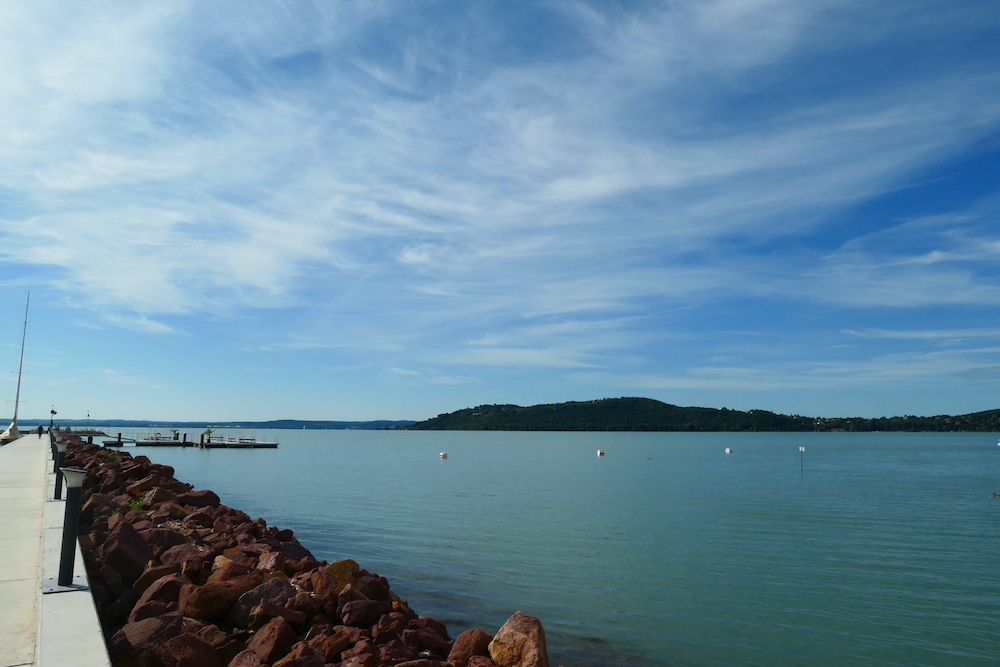
Hungary road trip
We created a blog for our road trip in Hungary. You may find it helpful, and you may pick up some tips, or more likely mistakes not to make that we’ve made 😉 Our Hungarian road trip was part of a much larger European road trip.
Hungary has better weather
Our journey to Hungary began earlier than anticipated due to the downpours and associated flooding that had besieged Slovakia, making it nigh on impossible to reach and enjoy the capital, Bratislava. We did a lot of searching online, and found that the nearest place with the best weather at the time was in Hungary!
Eastern Hungary
So for the first leg of our Hungarian road trip we travelled from Slovakia to Debrecen in the far east of the country. We’d never heard of Debrecen, but in actuality it’s Hungary’s second largest city! It was a great move to go there – it really felt like we were experiencing first hand what it’s like to live in Hungary, as many of the small villages en route to the city were a real eye-opener.
Hungarian lakes
After spending time in Debrecen and drying out 🙂 we then headed west across the country to the mighty Lake Balaton, central Europe‘s largest lake – who knew that it was so nice?! Again we spent quite some time in the vicinity of the lake, exploring all that it had to offer, all the while observing the apparent disparity in wealth across the country!
The capital
We then travelled to the capital, mighty Budapest. Wow, what a city – incredible, and so much to see and do. Budapest is definitely one of those cities that you have to keep coming back to!
Southern Hungary
Finally we headed south to Felsőlajos to stay on a stud farm, before moving on to Serbia.
Map of our first road trip through Hungary
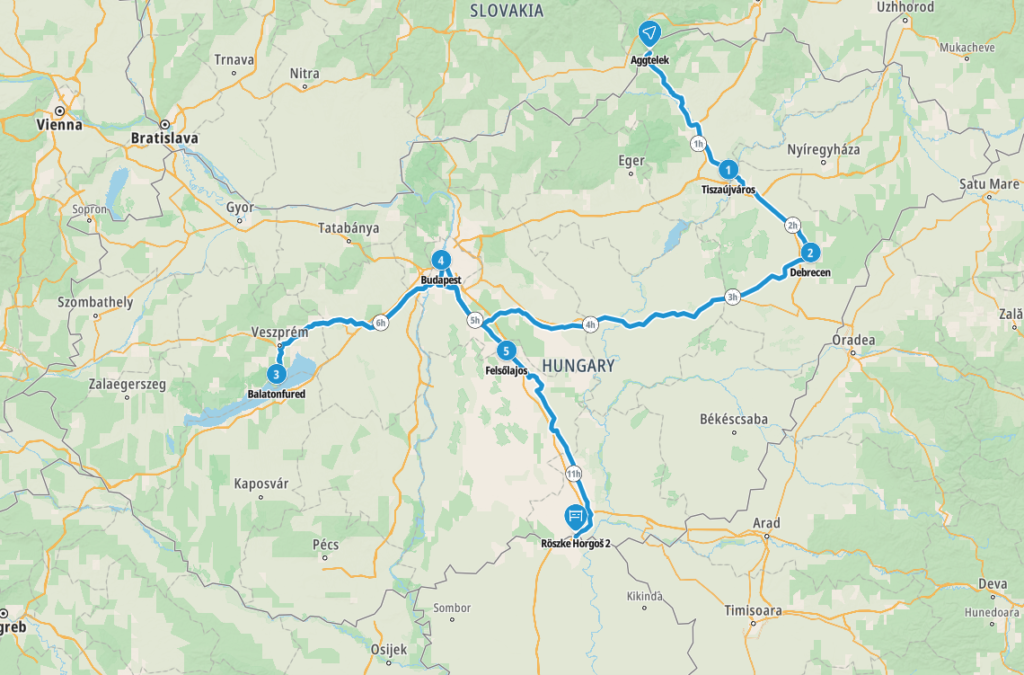
Hungary road trip part 2
For the second leg of our Hungary road trip, we travelled from Romania to get to Croatia via the motorways and toll roads – which are in magnificent condition compared to the minor roads! As we were heading on to Italy for the wedding, and we were running late, due to having such a fantastic time in Romania and Moldova, we couldn’t afford time to explore Hungary on this route.
Map of our second road trip through Hungary
Our favourite places in Hungary
These are some of the best places that we explored on our road trip through Hungary. We’ve put them in alphabetical order.
Lake Balaton
Well we certainly had no idea that Lake Balaton was so picturesque. But then it seems that it’s only us that was unaware, as there was just about every other nationality in Europe visiting it when we were there. In particular Dutch and Germans, but also Italians and even British!
It’s like being at the seaside!
Lake Balaton is often referred to as the ‘Hungarian Sea’, and is the largest freshwater lake in Central Europe, spanning over 230 square miles (590 square km) in size. Located in western Hungary, the lake is known for its picturesque landscapes, clear waters, and vibrant resort towns along its shores. It has been a central part of Hungarian culture and tourism for decades, attracting tourists year round with its wide range of activities.
The northern shore is characterized by its rocky terrain and scenic views, while the southern shore is flatter, with sandy beaches ideal for families. The lake is also surrounded by some lovely towns like Siófok, Balatonfüred, and Tihany, and the lake’s waters are also famous for their therapeutic qualities, with several spa resorts around the lake offering wellness treatments.
It really is a great lake, both in size and what if offers. There’s definitely something for everyone there, from tranquil, relaxing stays to full on kids mayhem it seems! We noticed lots of boutique hotels, and there are loads of campsites too!
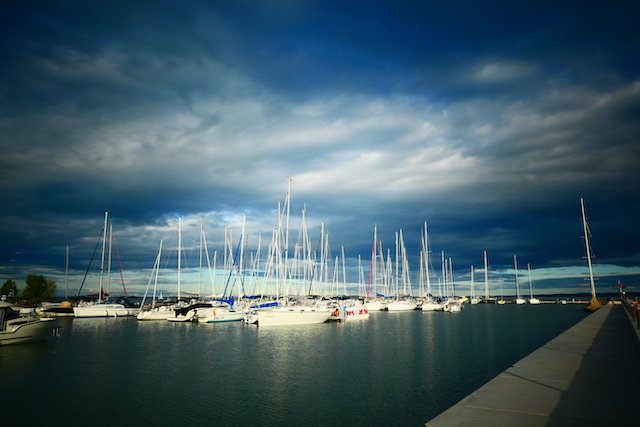

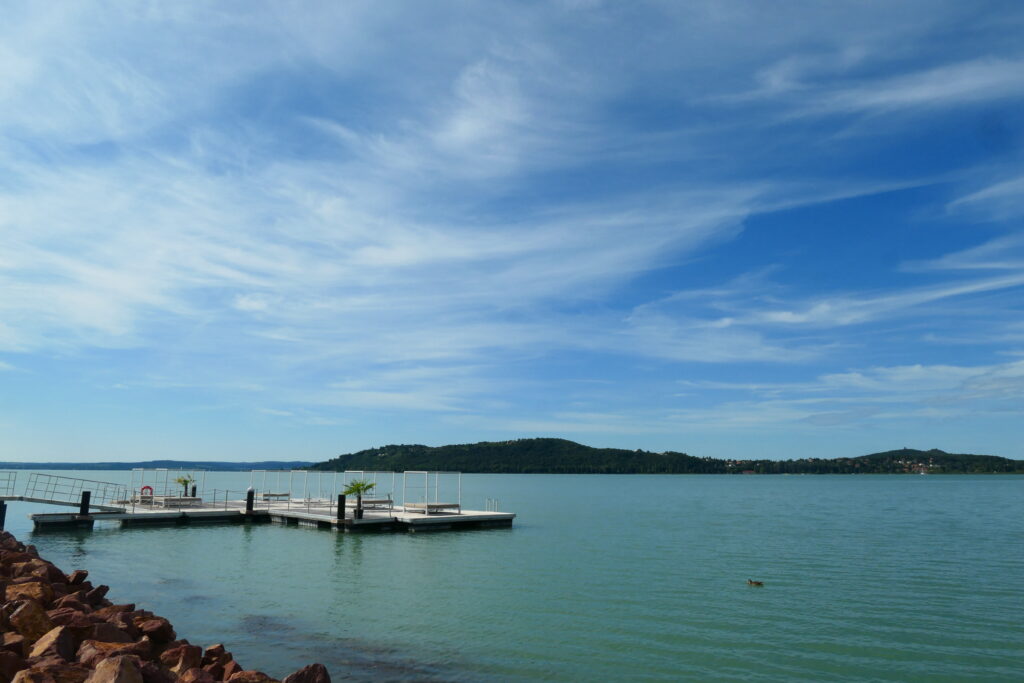
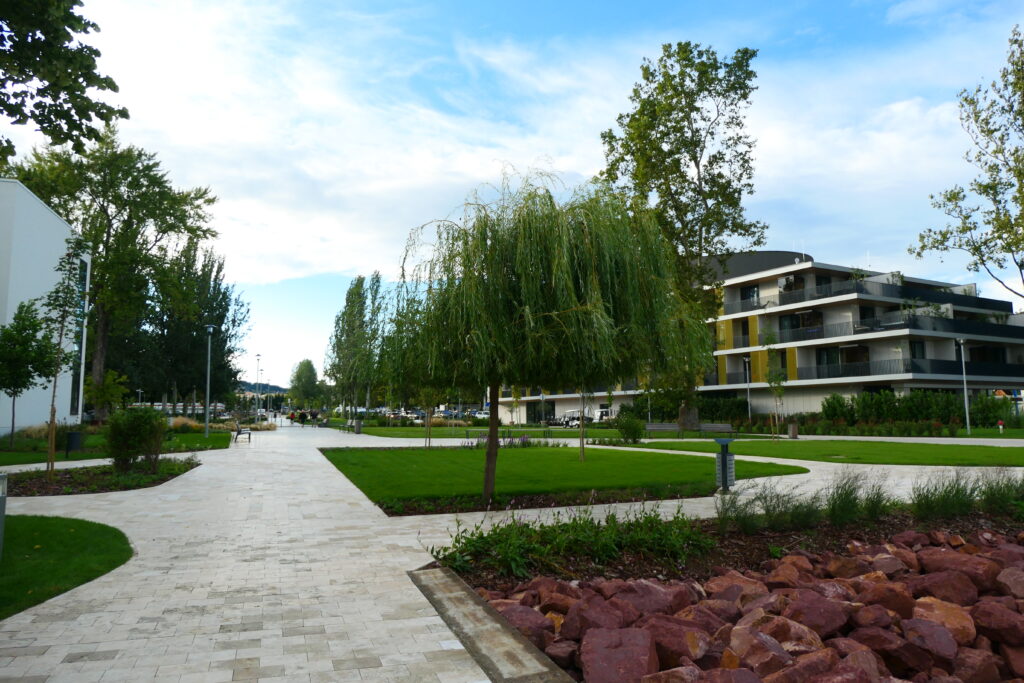

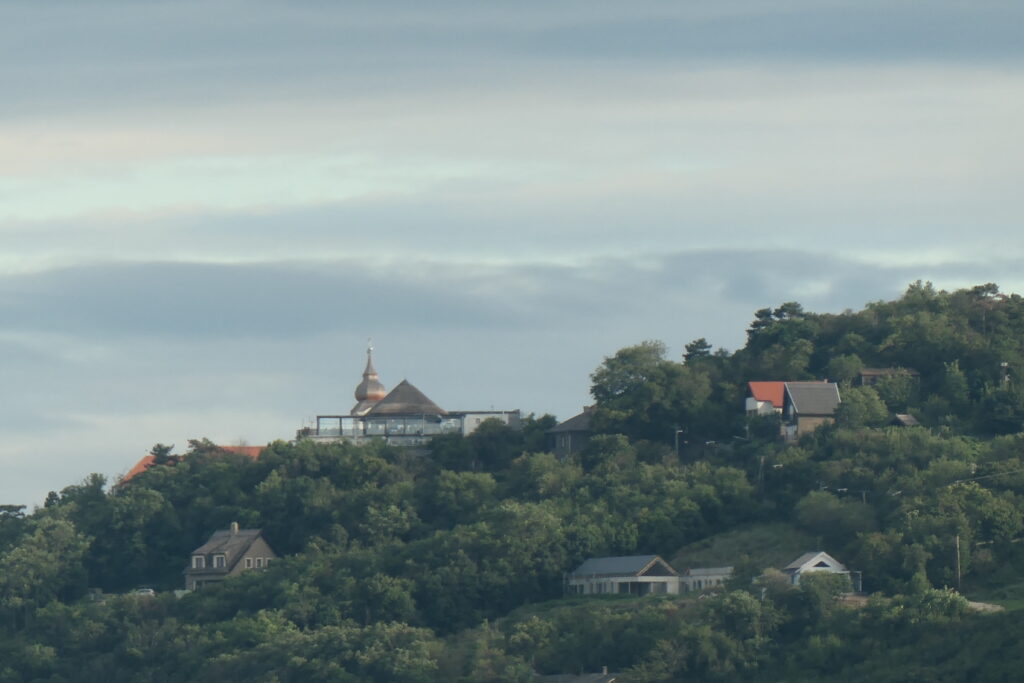
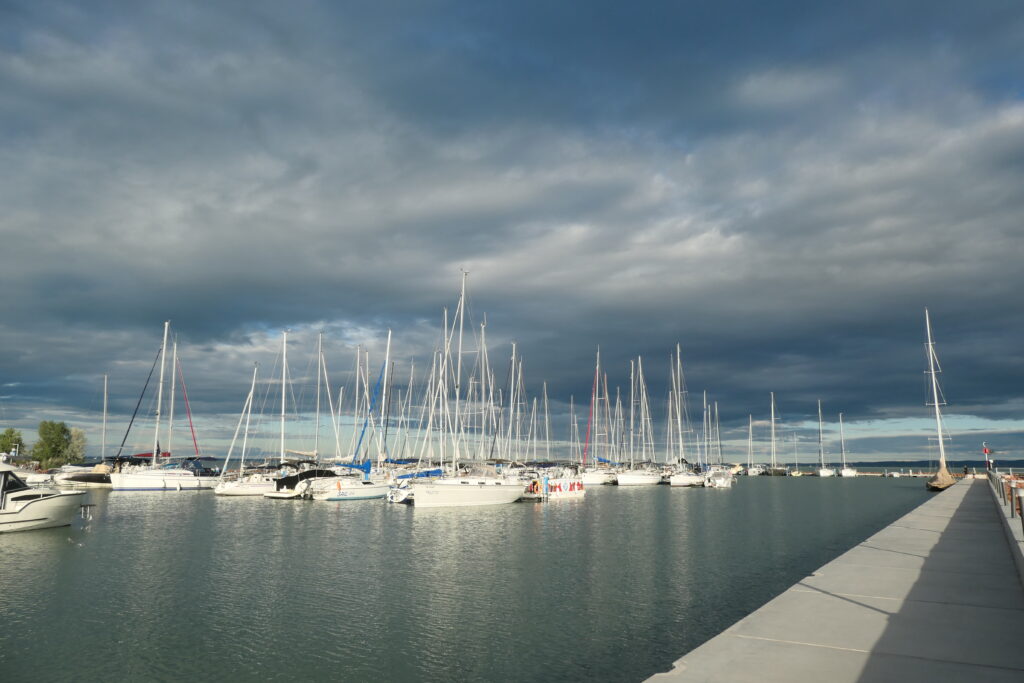
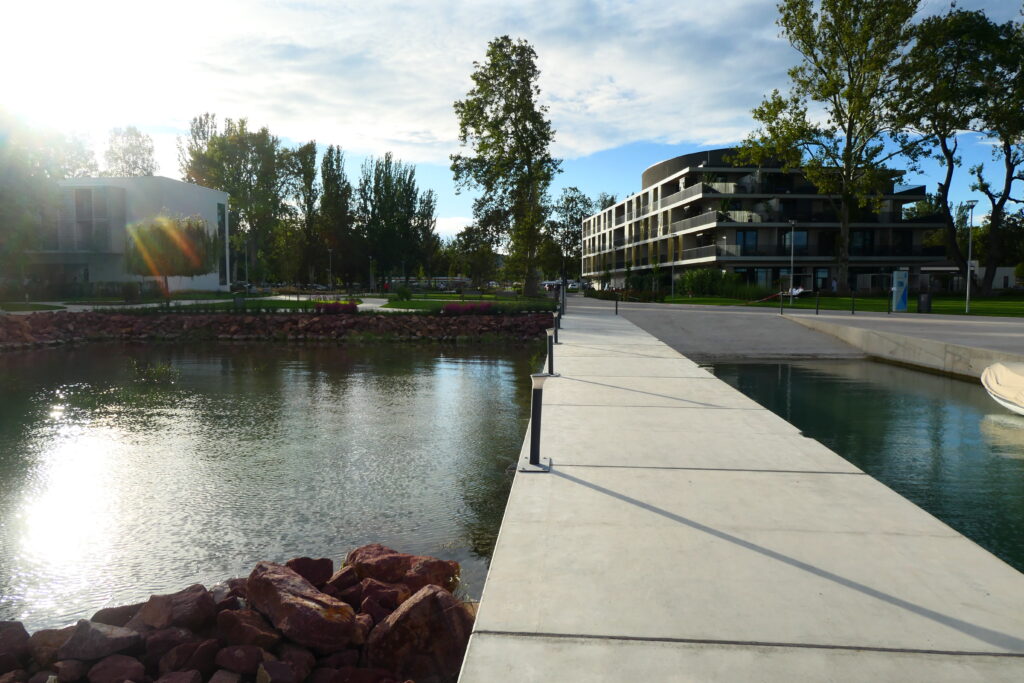
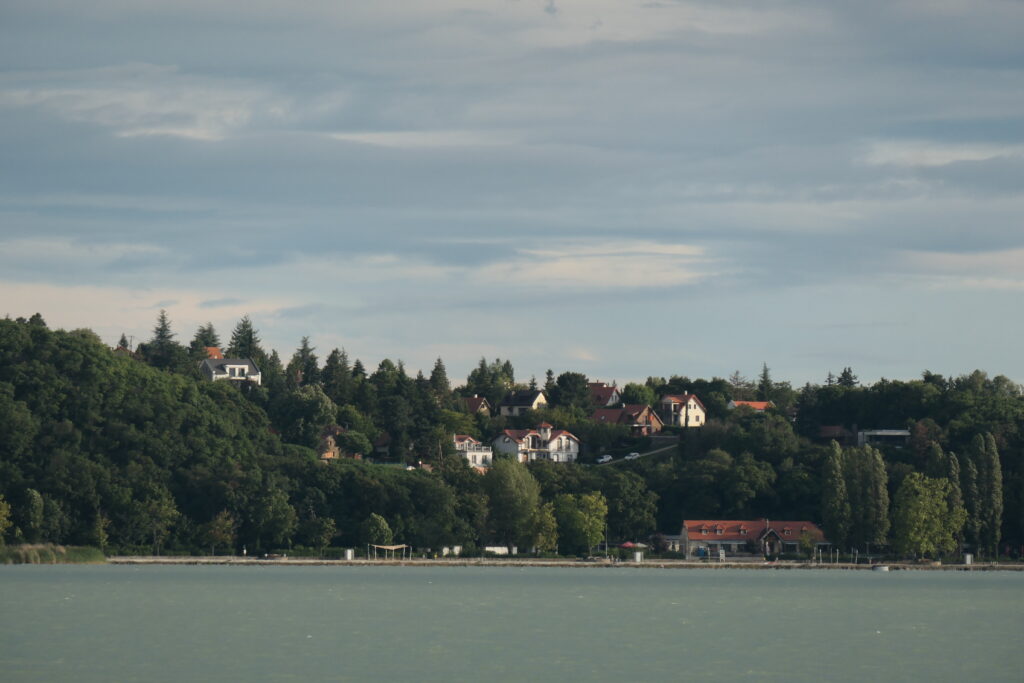

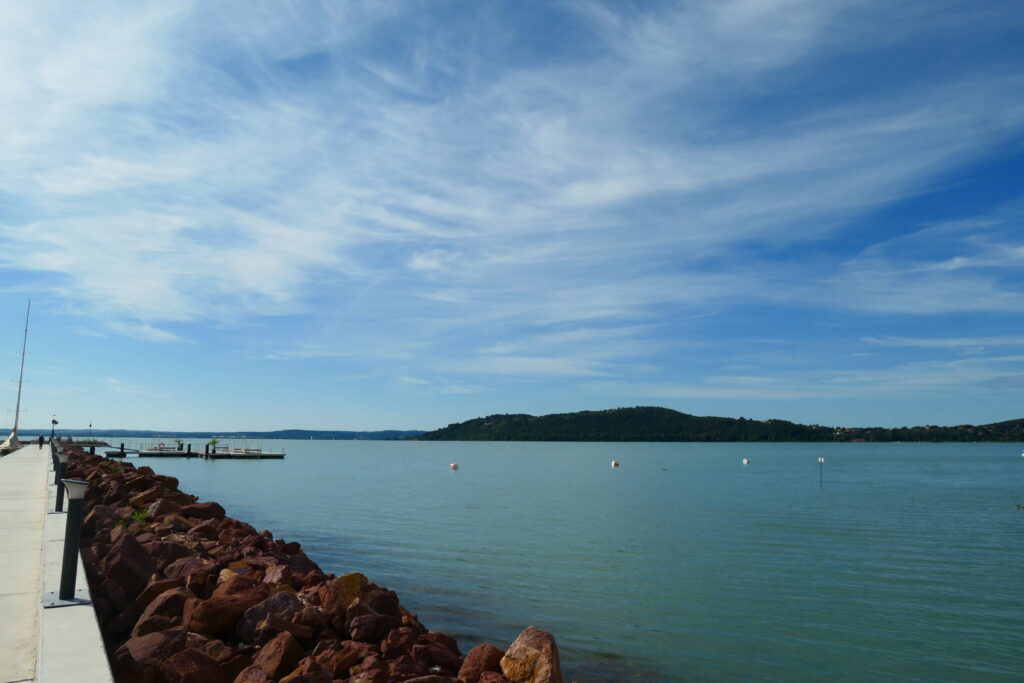
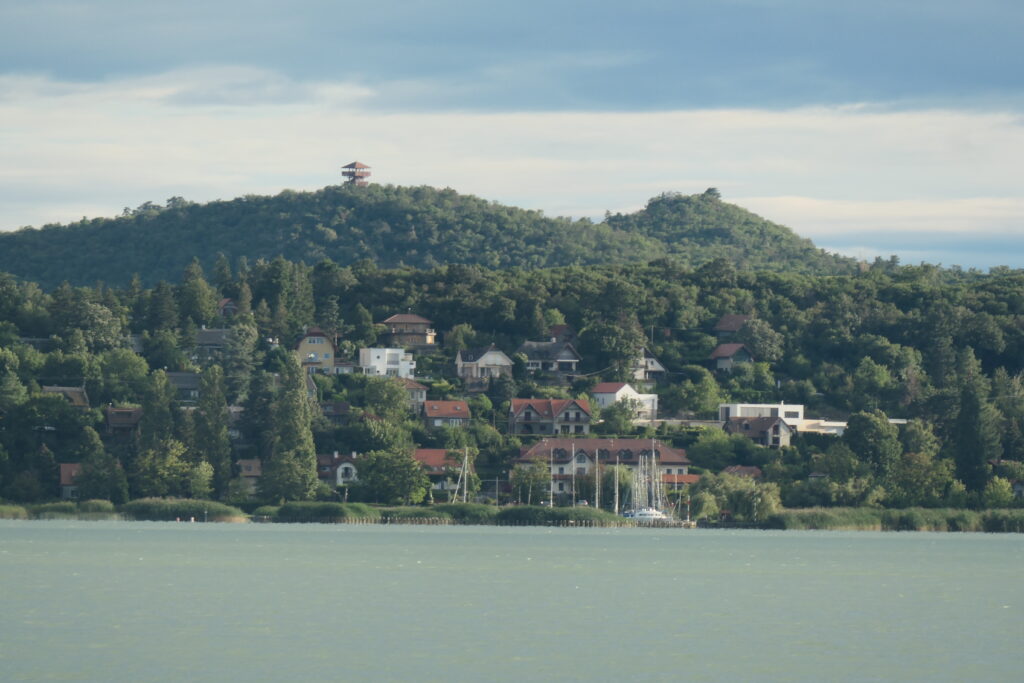
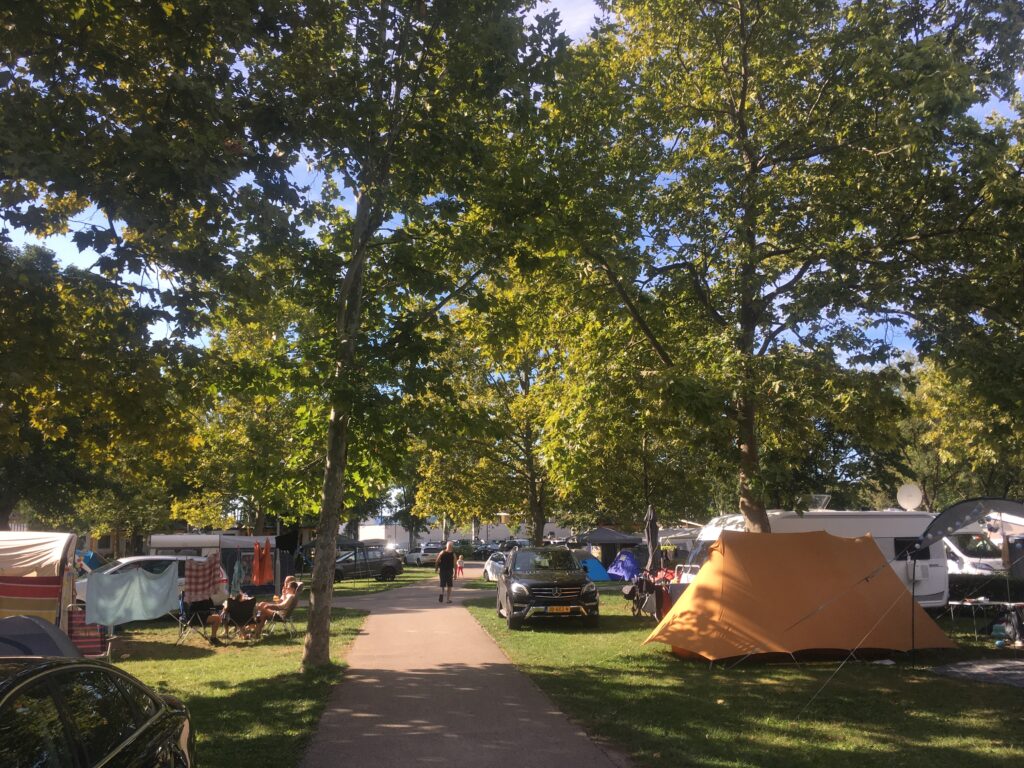
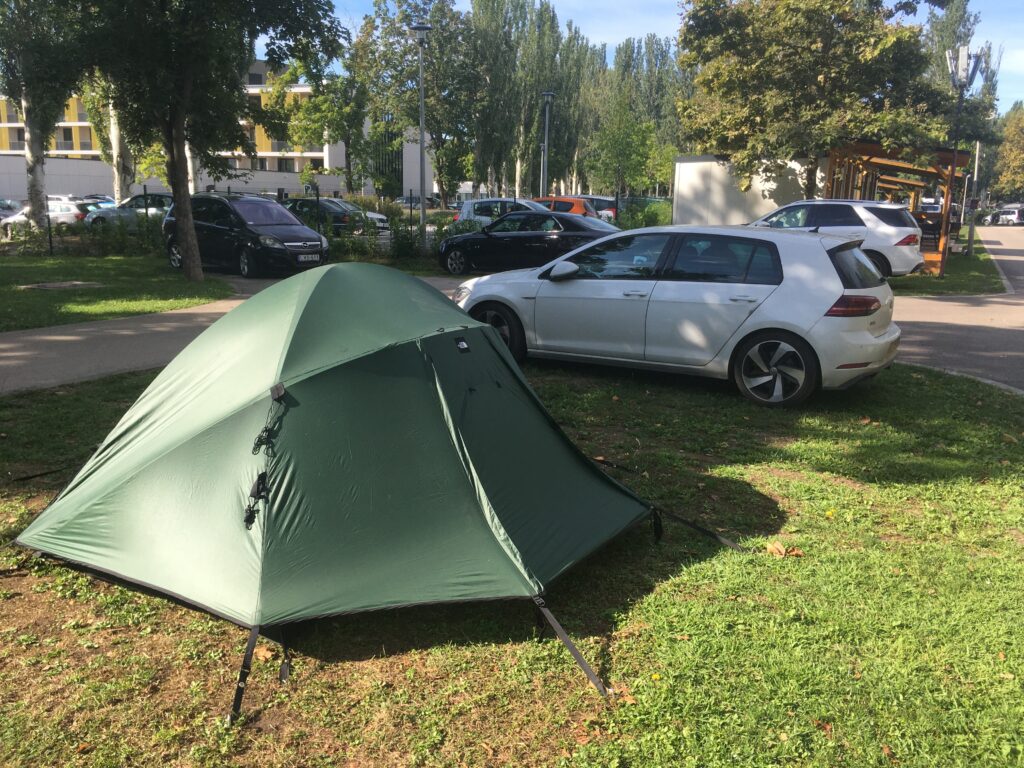
Budapest, capital of Hungary
Budapest is a great city that reminded us very much of London! Really very cosmopolitan, with loads on offer, although it’s certainly much easier to get around and park in than London, and was certainly less expensive too. Lots of Americans and Germans we noticed.
Hungary’s vibrant capital is renowned for its rich history, stunning architecture, and cultural charm. Divided by the Danube River into Buda and Pest, the city offers a mix of medieval, neoclassical, and Art Nouveau landmarks. Key attractions include the grand Buda Castle, the iconic Parliament Building, and the Fisherman’s Bastion.
The Fisherman’s Bastion (Halászbástya) is located on the Buda side of the city, and offers panoramic views of the Danube River, and landmarks like the Parliament Building and St. Stephen’s Basilica. The bastion was built in the late 19th century, and was named after the fishermen who once defended this area during medieval times. Its seven towers symbolize the seven Magyar tribes that founded Hungary. With its fairytale-like architecture, it’s a popular spot for tourists and photographers, especially at sunset.
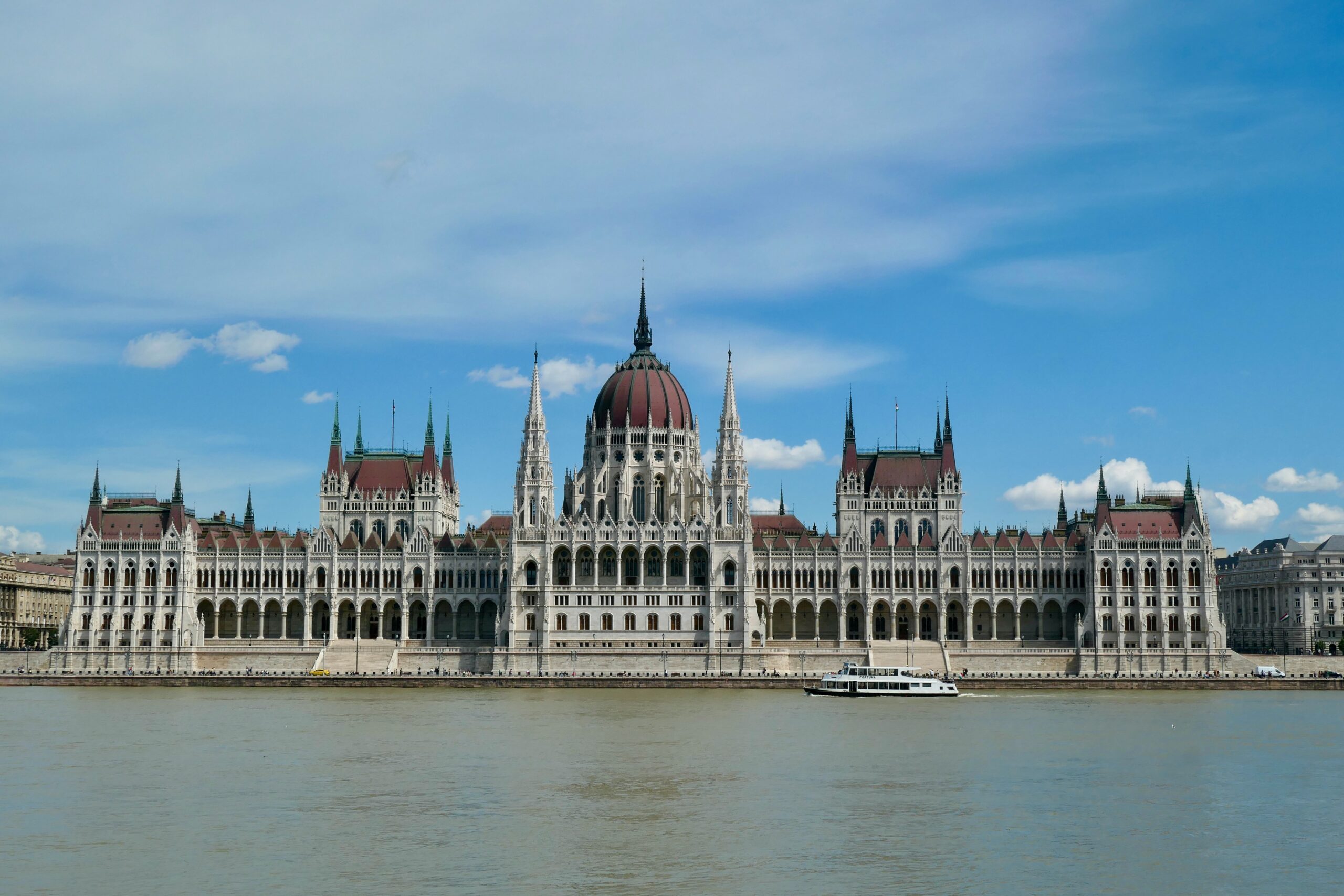
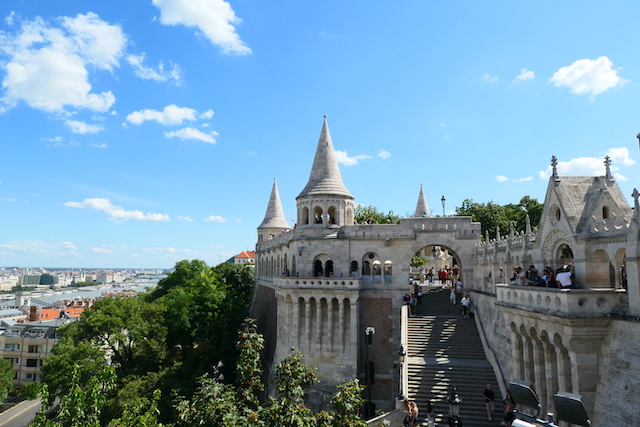
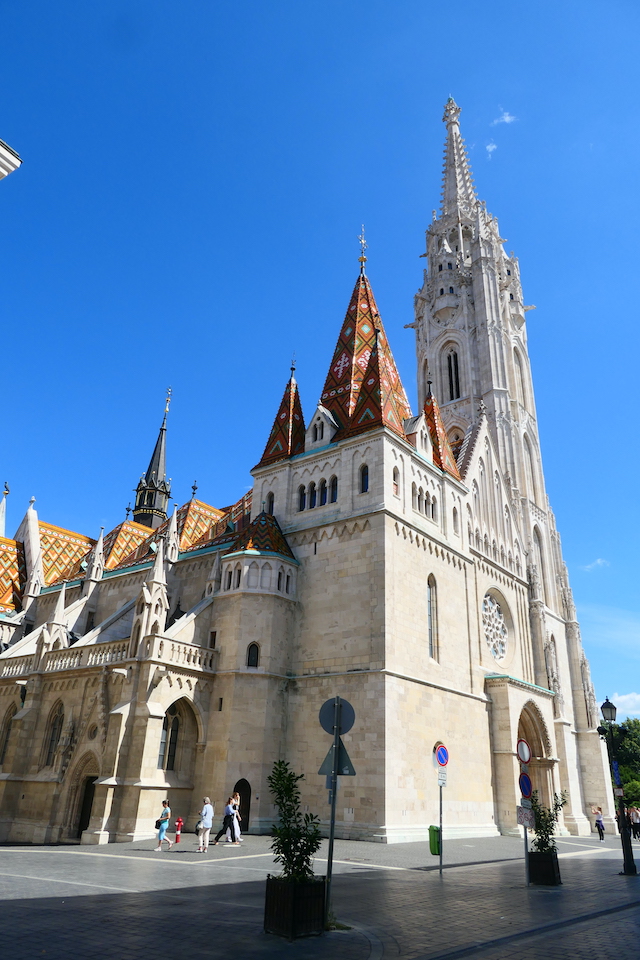


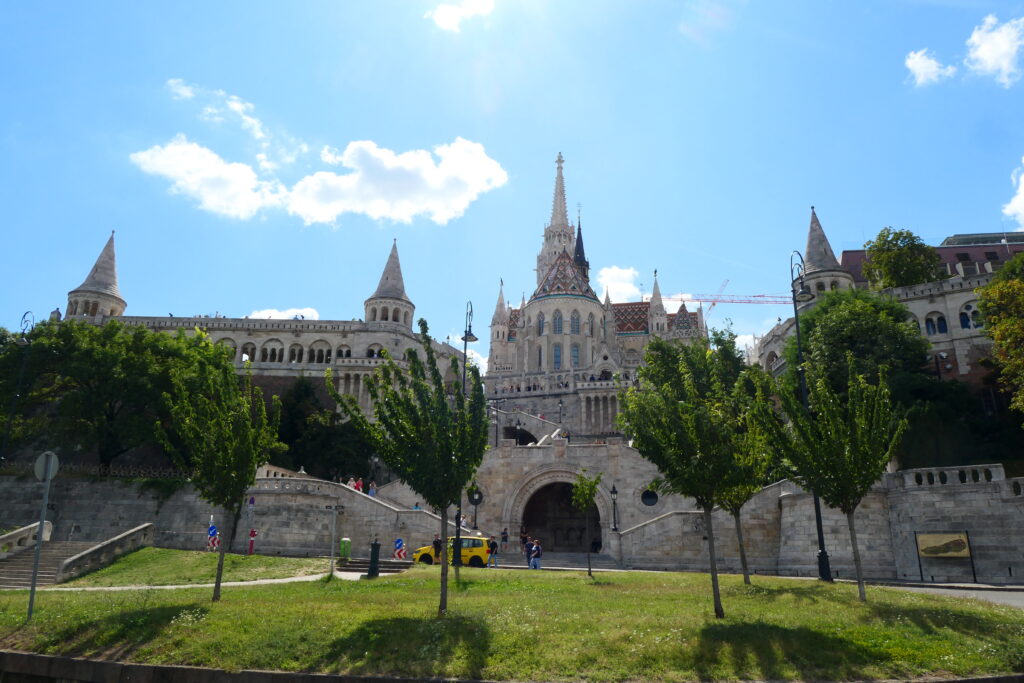
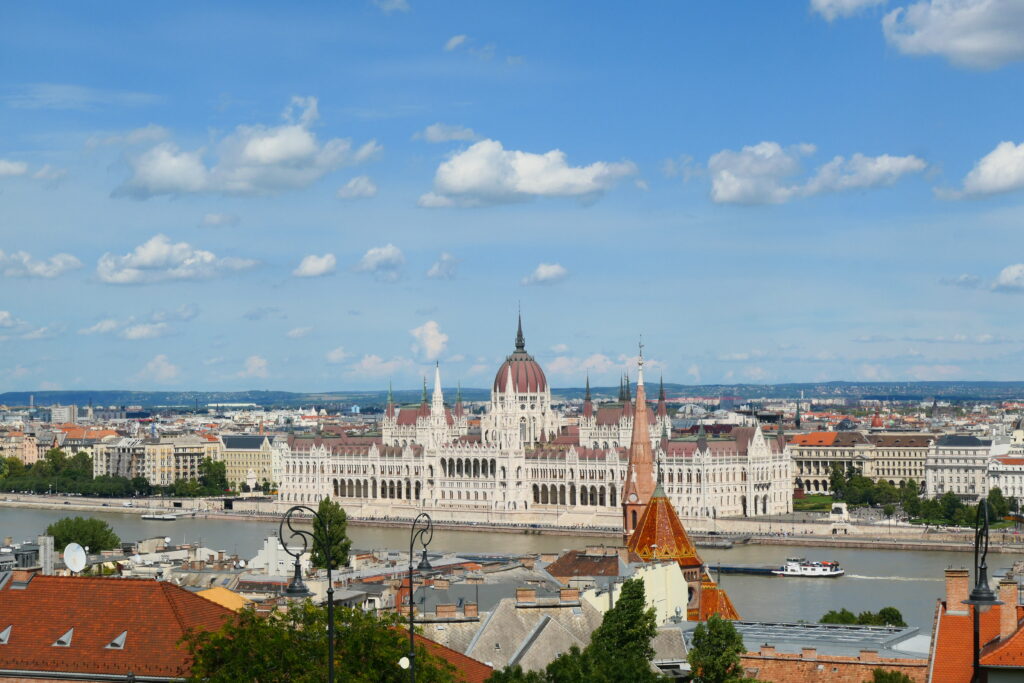
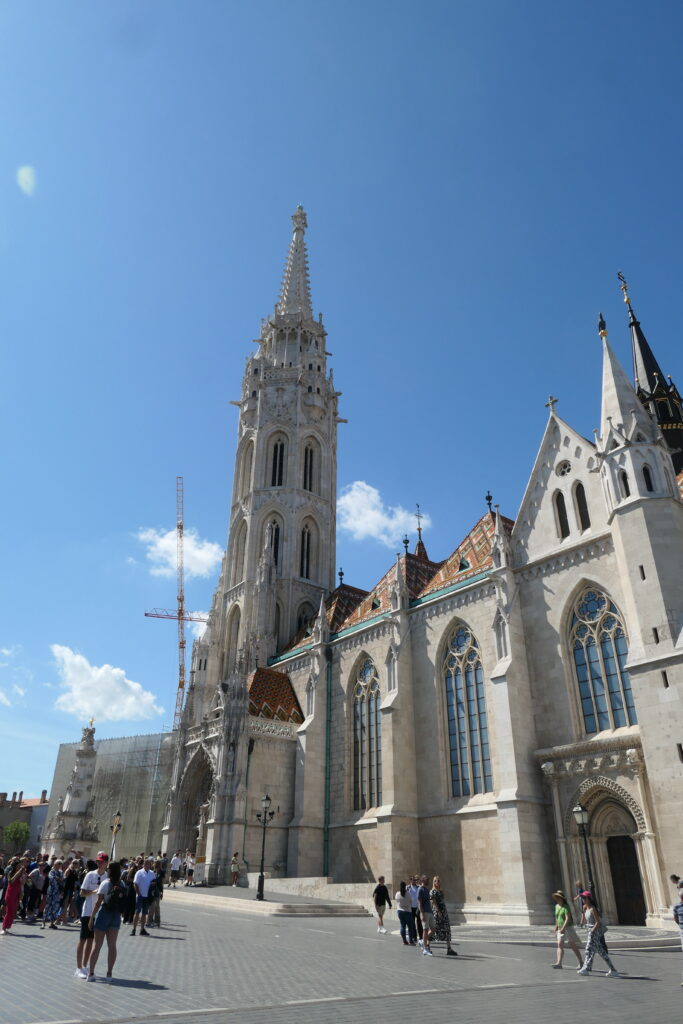
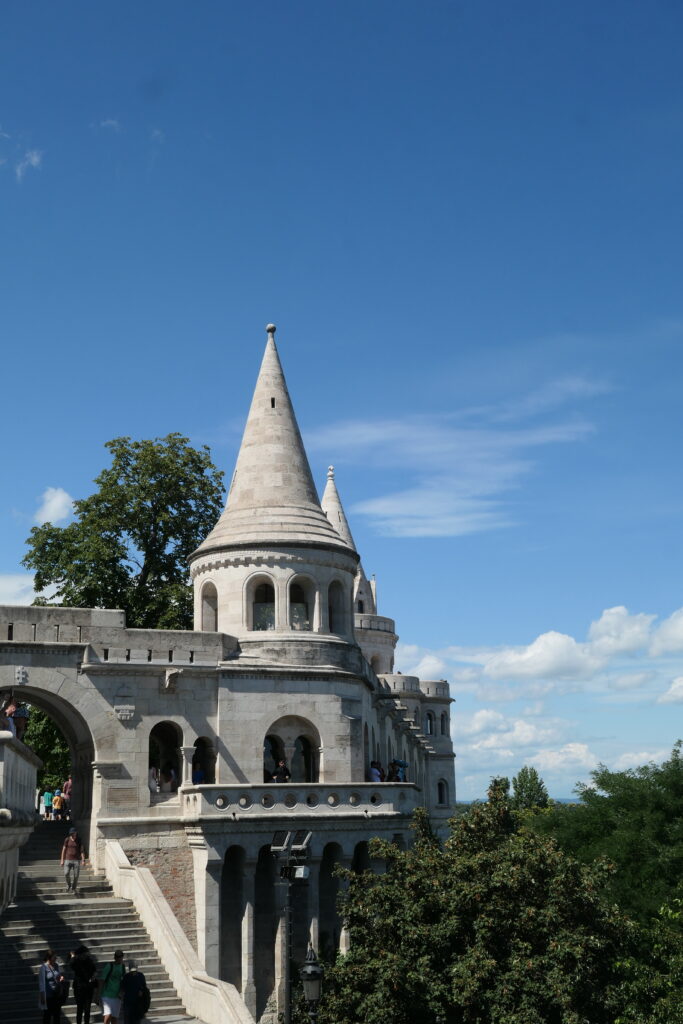
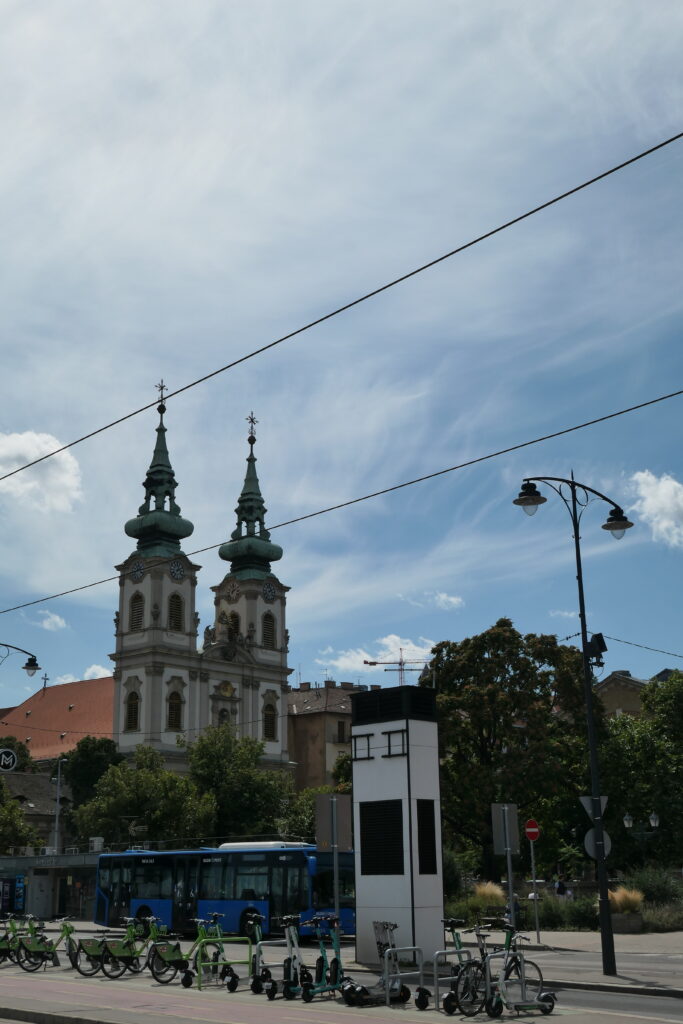
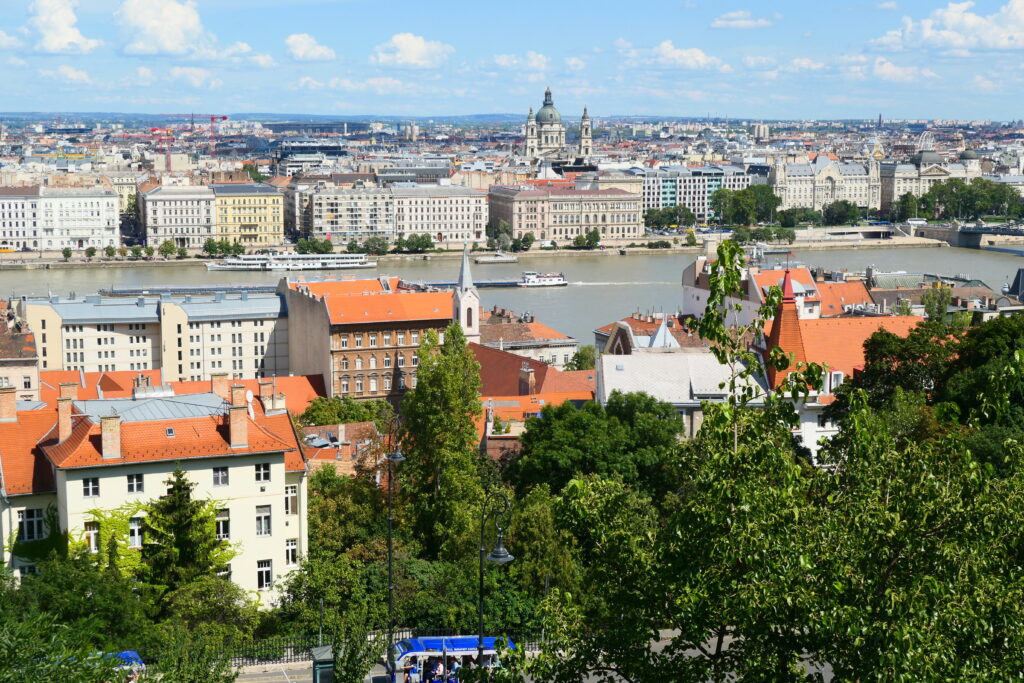
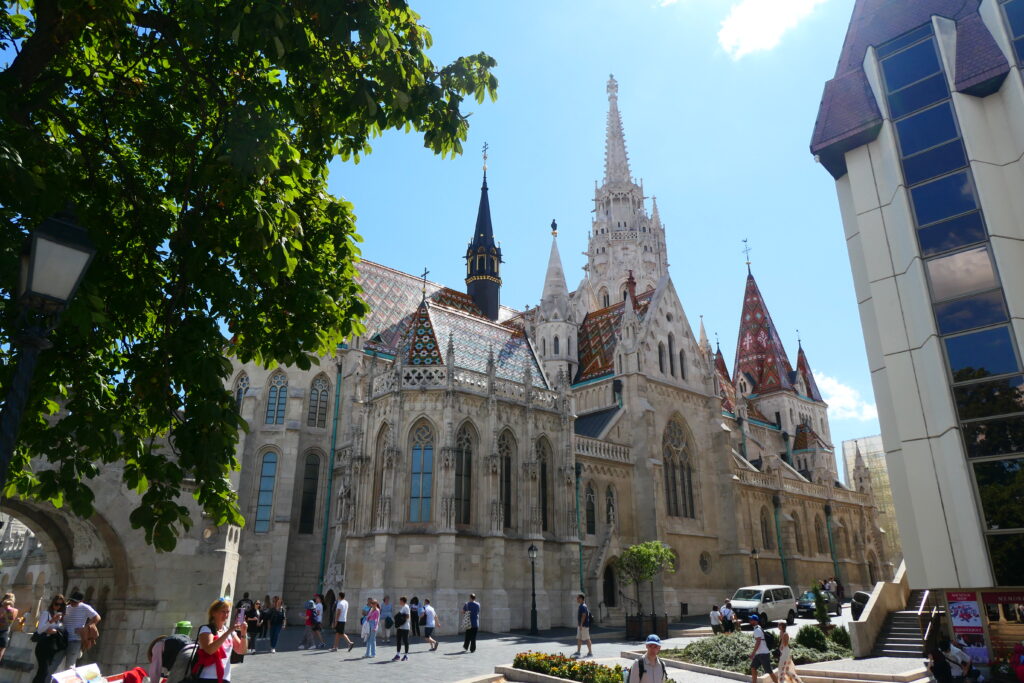
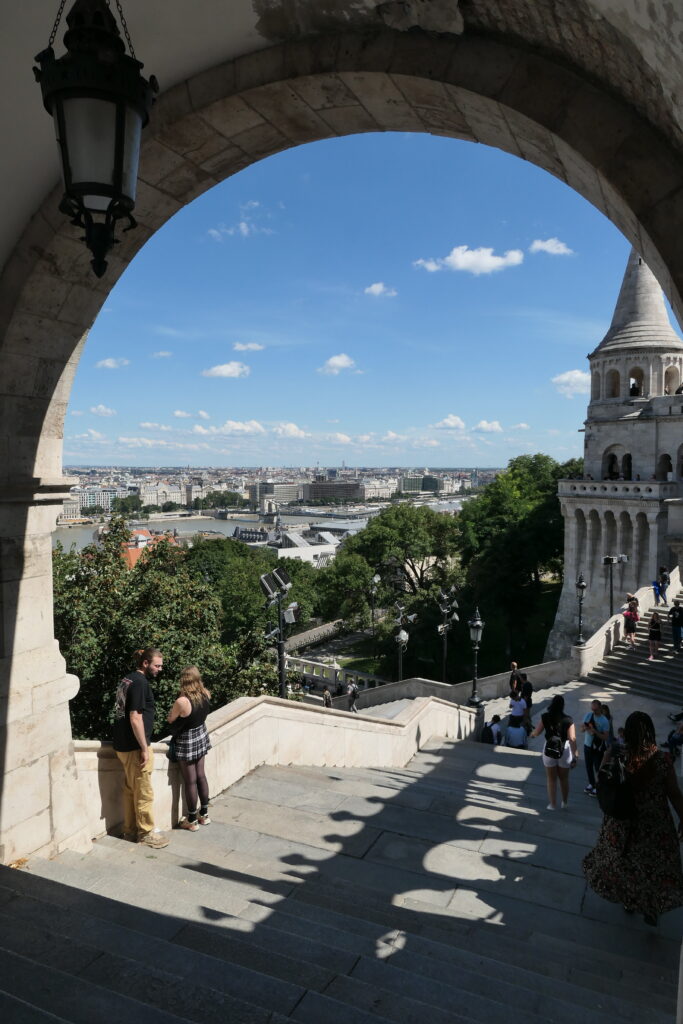
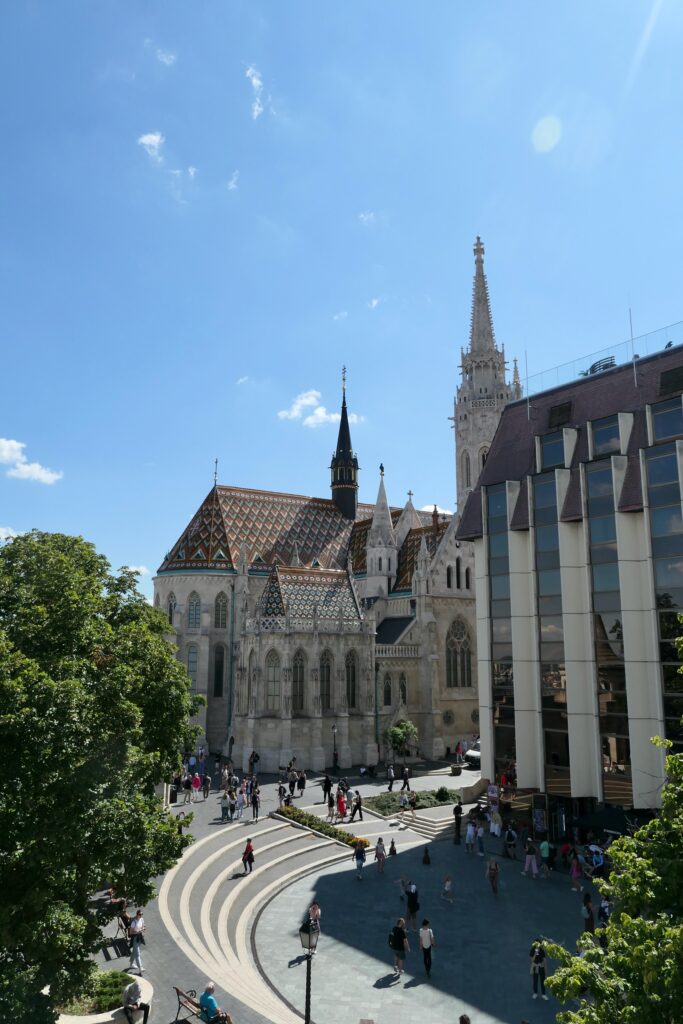
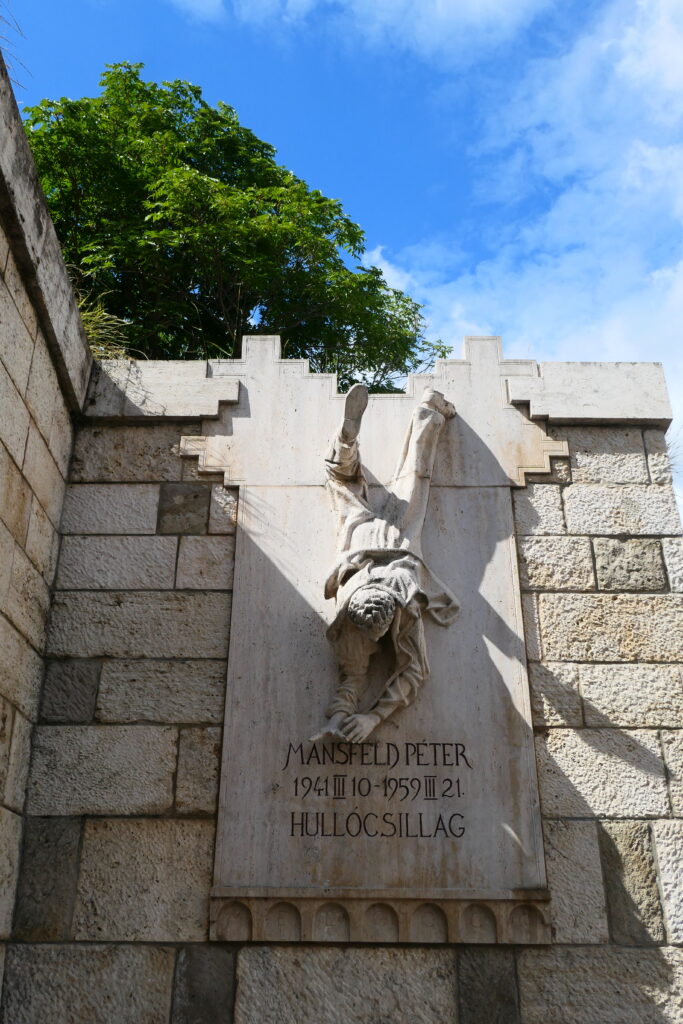
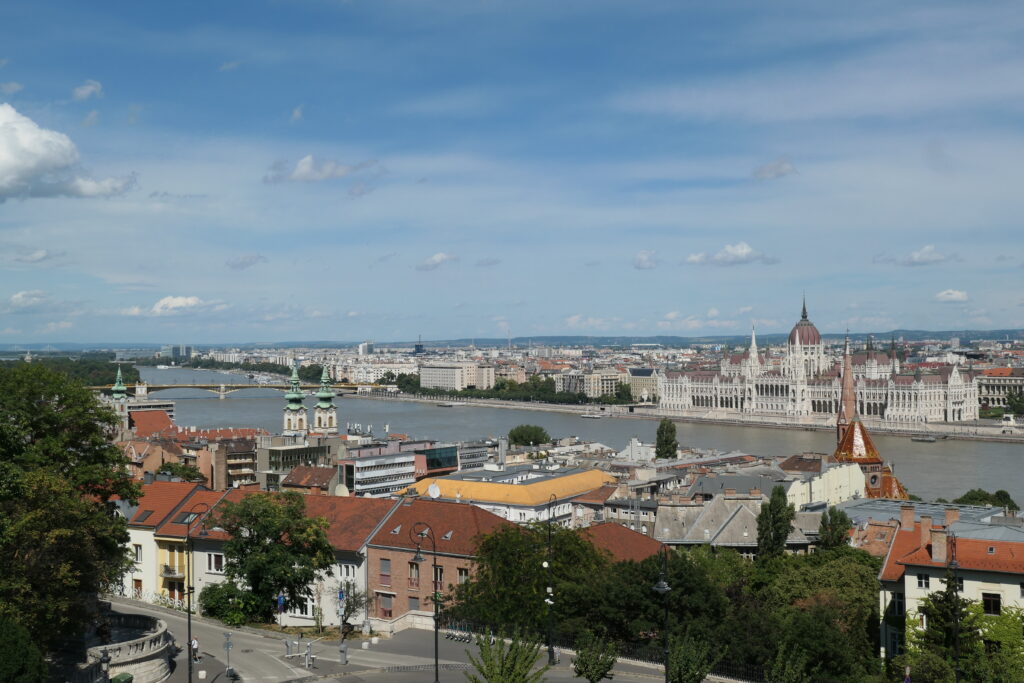
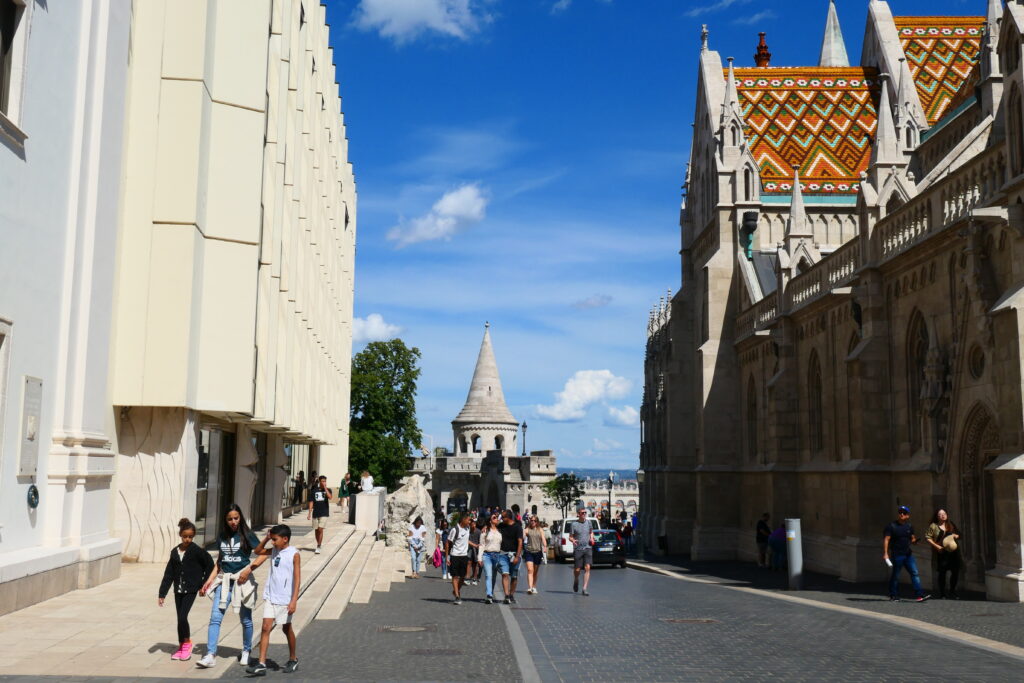
Debrecen
A lovely little city that has retained much of its obvious splendour from the past. Loads of restaurants, cafés and ice cream parlours on offer. A really easy to use tram system, and a great evening vibe! We’d never heard of it, yet it’s Hungary’s second largest city. Definitely worth a visit!
Debrecen is located in the eastern part of the country. Known for its rich history, the city offers a blend of cultural, historical, and modern attractions. It is home to the Great Reformed Church, a symbol of the city’s Protestant heritage, and the Déri Museum, showcasing fine art and archaeology. The Soul of Heroes Statue is a notable monument located outside the Csokonai Theatre in Debrecen, Hungary. This striking bronze statue was erected to honor the city’s cultural and artistic legacy. It symbolizes the dedication and spirit of those who have contributed to the arts, particularly in the context of Hungarian literature, theater, and performance.




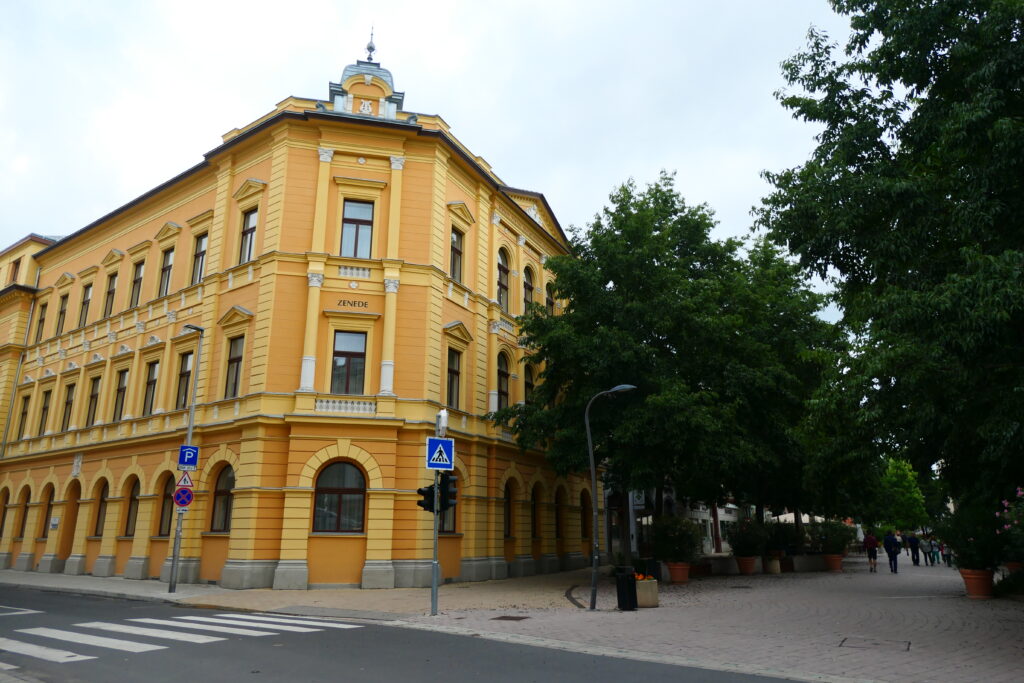
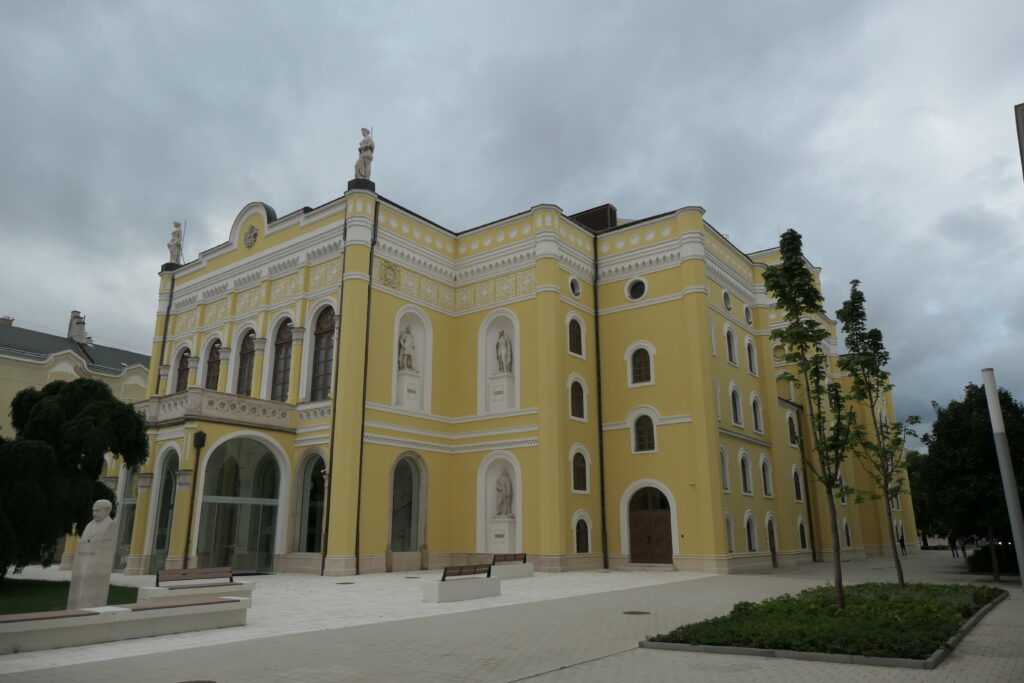
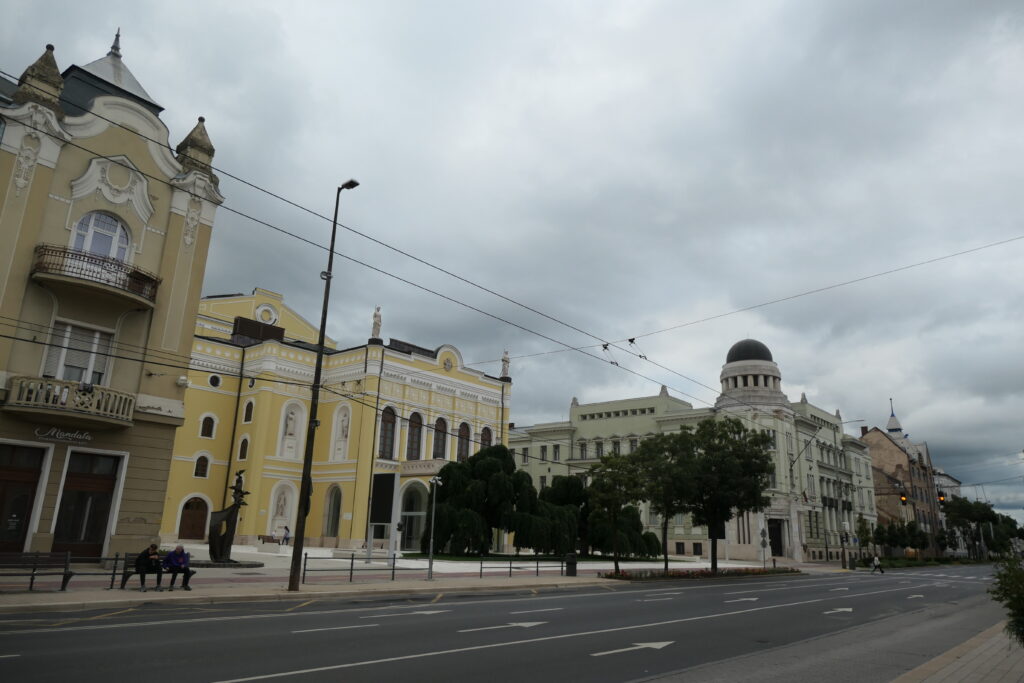
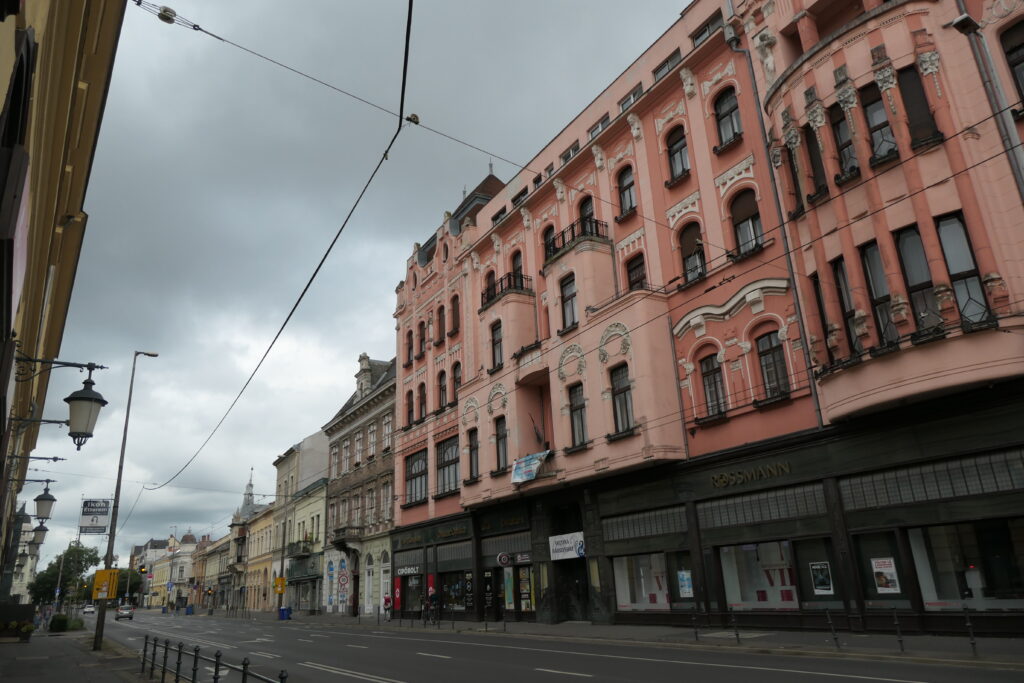
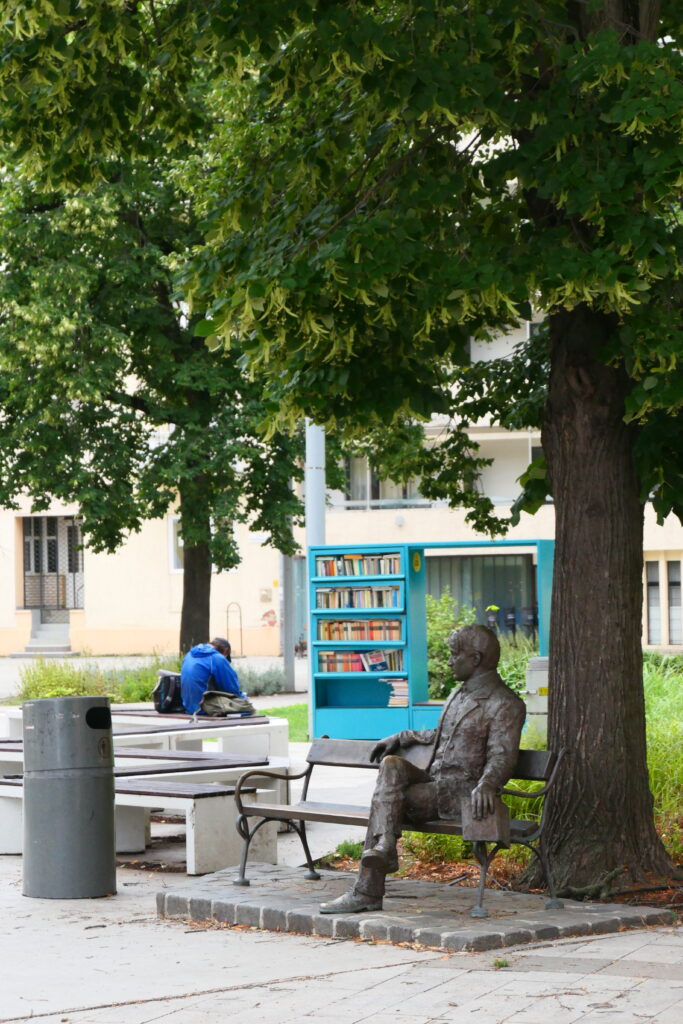
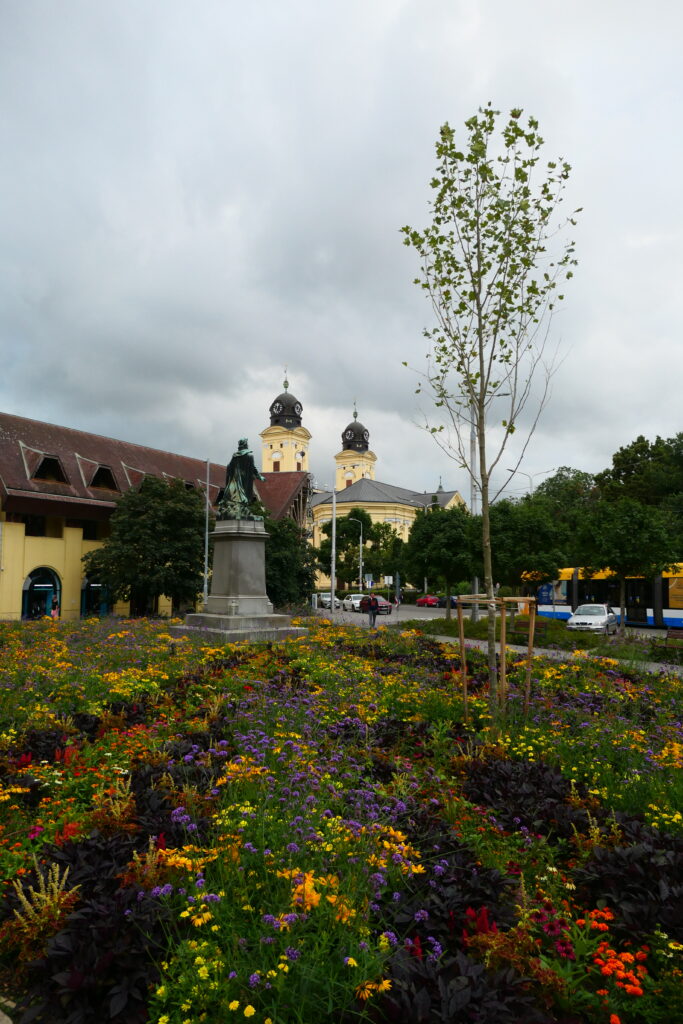
Felsőlajos
Felsőlajos is a small village located in Hungary, situated in the northern part of the Bács-Kiskun County in central Hungary. The village is part of the larger Kiskunhalas district and is located approximately 6 miles (10 km) from the town of Kiskunhalas. The village dates back to medieval times, and is known for its picturesque rural landscapes, with fields and forests surrounding the village. It’s a peaceful, close-knit community with a population that has remained relatively stable over the years.
We stayed on a stud farm called Uj Tanyacsárda. Whilst it was decent enough, the camping was definitely secondary to the work on the farm. There’s more in our Hungarian blog.
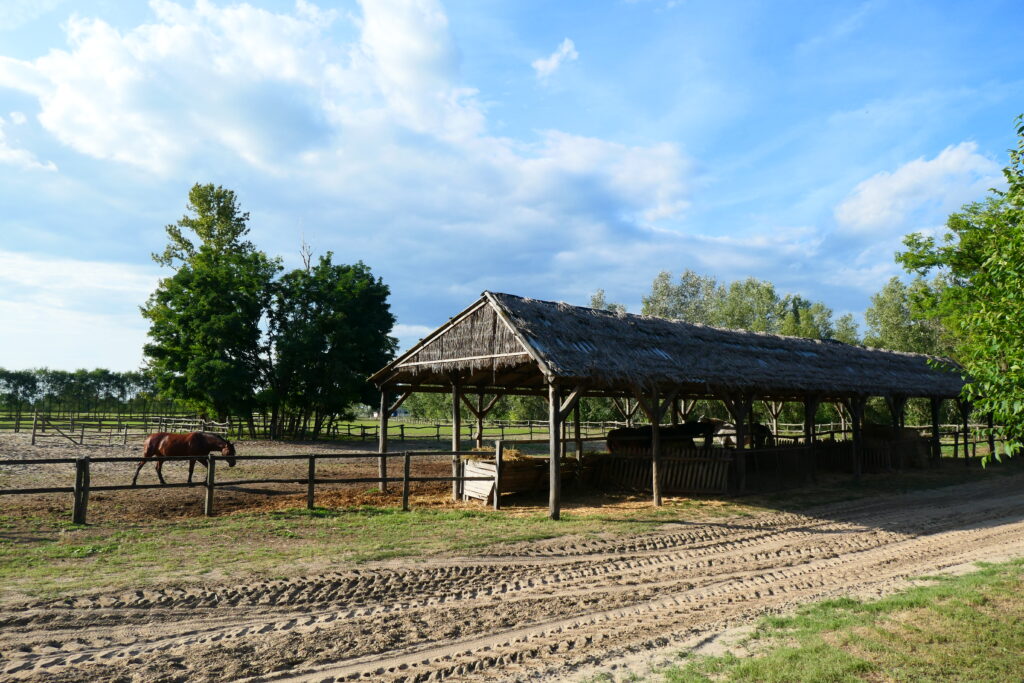
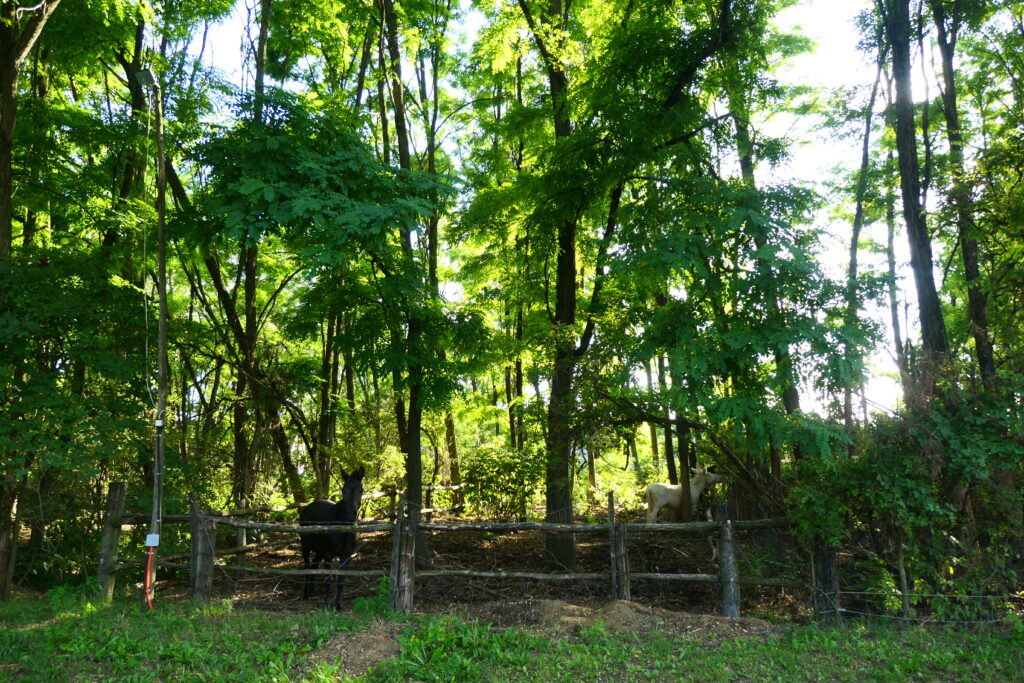
Felsőnyárád
Felsőnyárád is a small village located in the southern part of Hungary, within Baranya County. It is part of the Mohács district and sits near the border with Croatia. The village has a population of just a few hundred residents and is characterized by its rural charm and traditional Hungarian countryside atmosphere. Felsőnyárád is known for its peaceful environment, historical buildings, and close-knit community. The surrounding area features agricultural landscapes, including vineyards and fields, offering a glimpse into the local farming heritage.
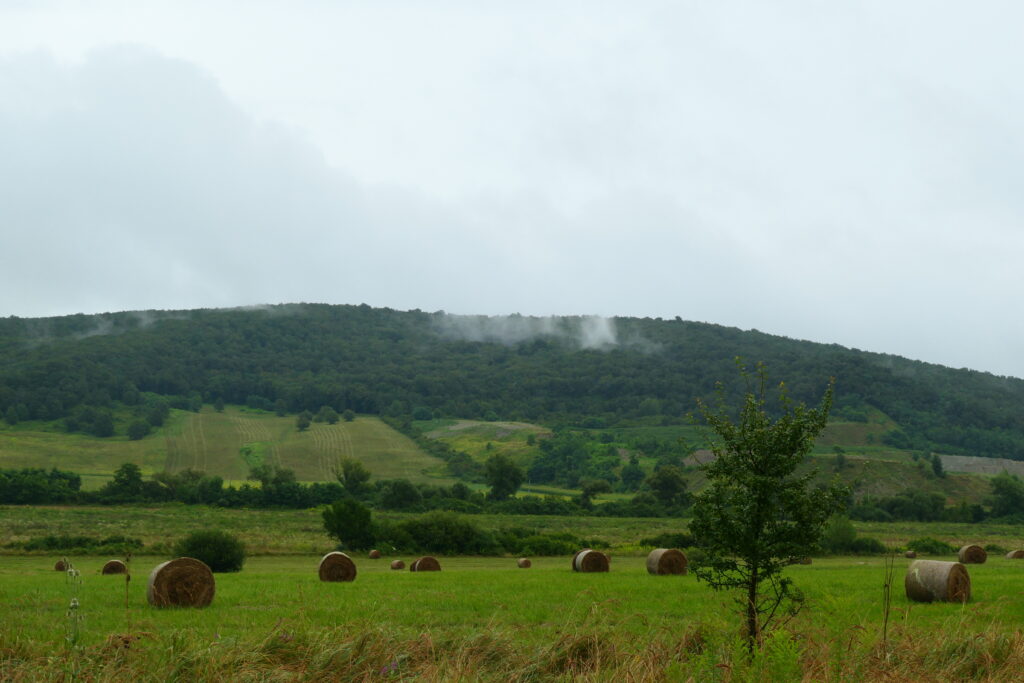
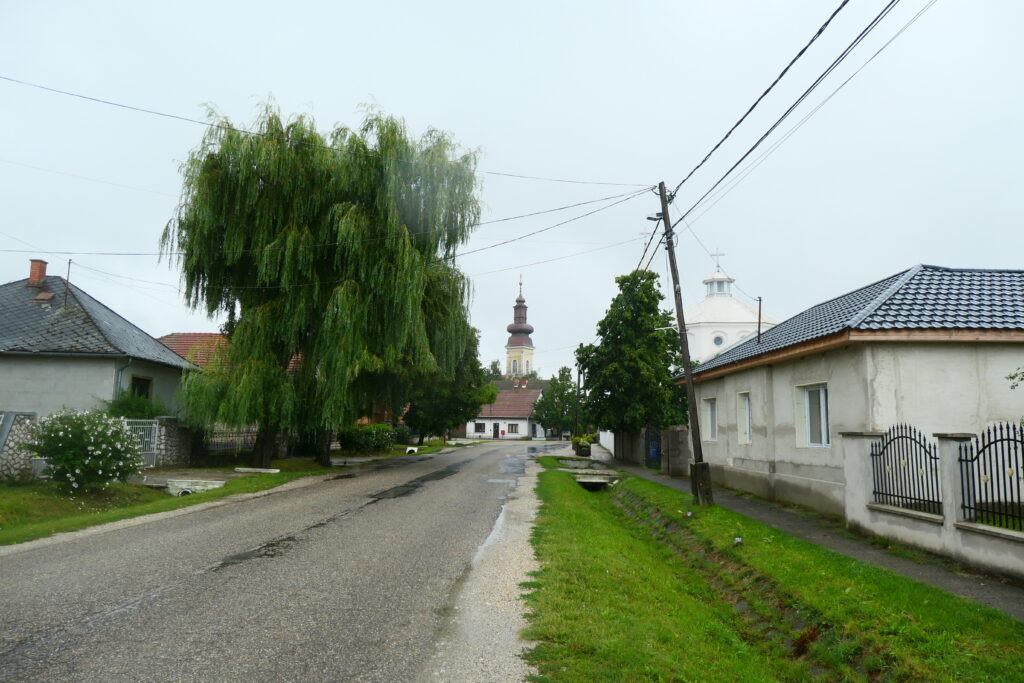
Fülöpszállás
Fülöpszállás is a small village located in central Hungary, within Bács-Kiskun County. Situated in the heart of the Great Hungarian Plain, the village is known for its agricultural landscape and tranquil rural setting. The community is tight-knit, with a population of just under a thousand people. Fülöpszállás is a peaceful place, offering a glimpse into traditional Hungarian village life, with farmland, orchards, and vineyards surrounding the area.
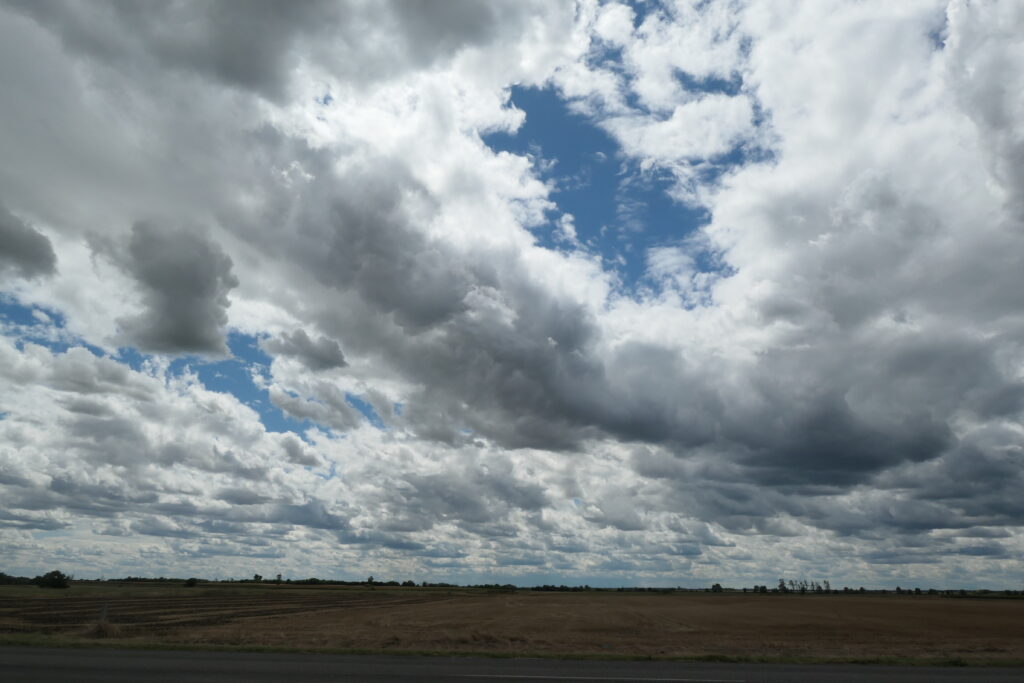
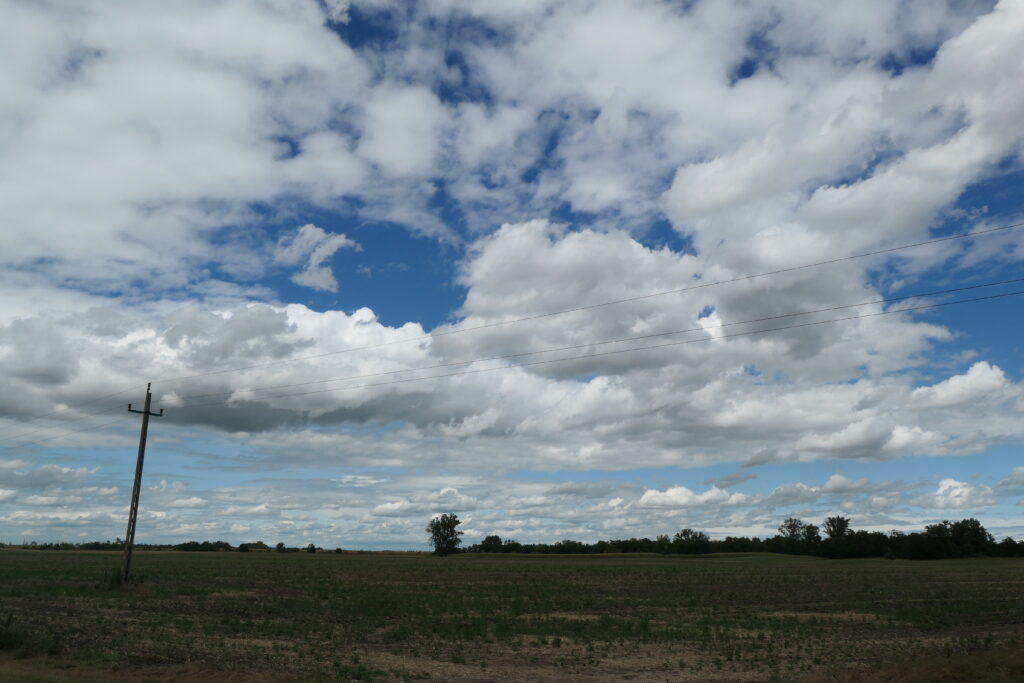
Görbeháza
Görbeháza is a small village located in eastern Hungary, within Hajdú-Bihar County. Situated near the city of Debrecen, it offers a peaceful rural atmosphere, with a population of just a few thousand residents. The village is known for its agricultural landscape, including fields, farms, and traditional Hungarian countryside views. There are loads of storks in Görbeháza!! 🙂
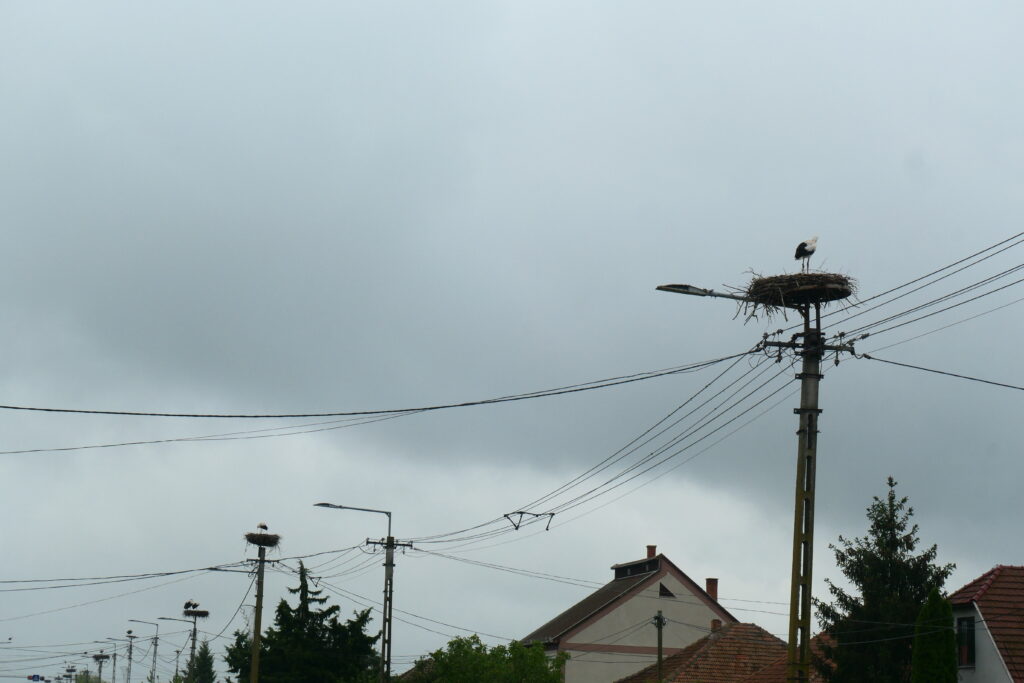

Kaba
Kaba is a small town located in Hajdú-Bihar County, eastern Hungary. Situated in the Great Hungarian Plain, it is known for its agricultural significance, with vast farmlands surrounding the area. Kaba is home to a friendly, close-knit community, with a population of just over 7,000 residents. The town has a rich history, with roots going back to the Middle Ages. It offers a mix of traditional Hungarian culture and modern amenities, making it a great place to visit to see real Hungarian life.

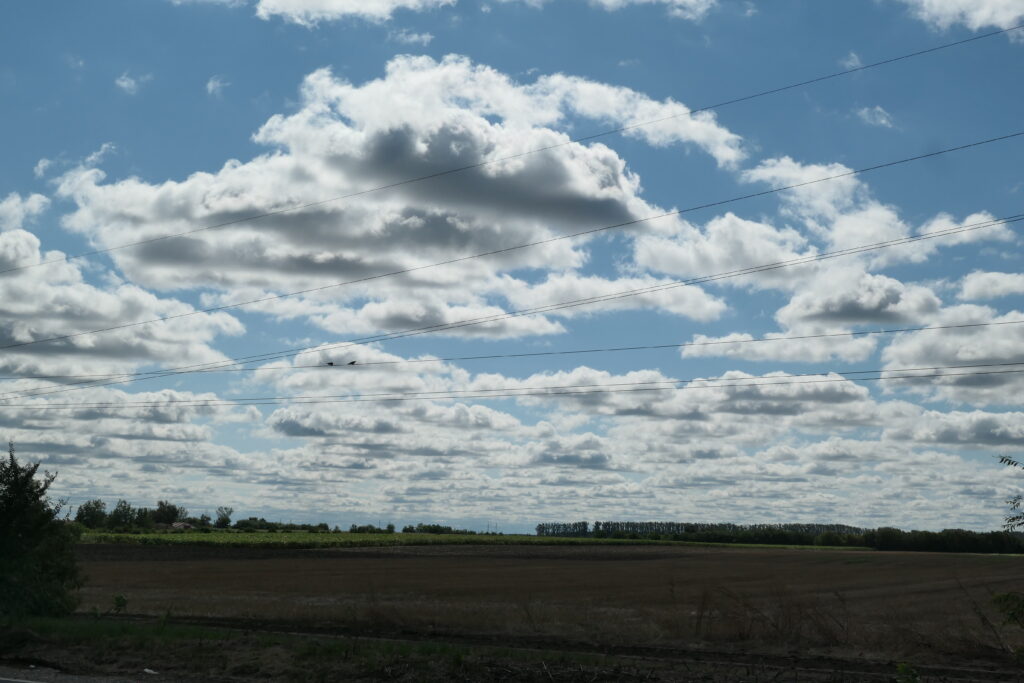
Seregélyes
Seregélyes is a small town in Hungary, located in Fejér County, in central Hungary, known for its peaceful rural charm and rich history. The town is surrounded by picturesque landscapes, offering a serene atmosphere for residents and visitors alike, and there are loads of stalls sell food and other goods lining the roads in and out of the town.
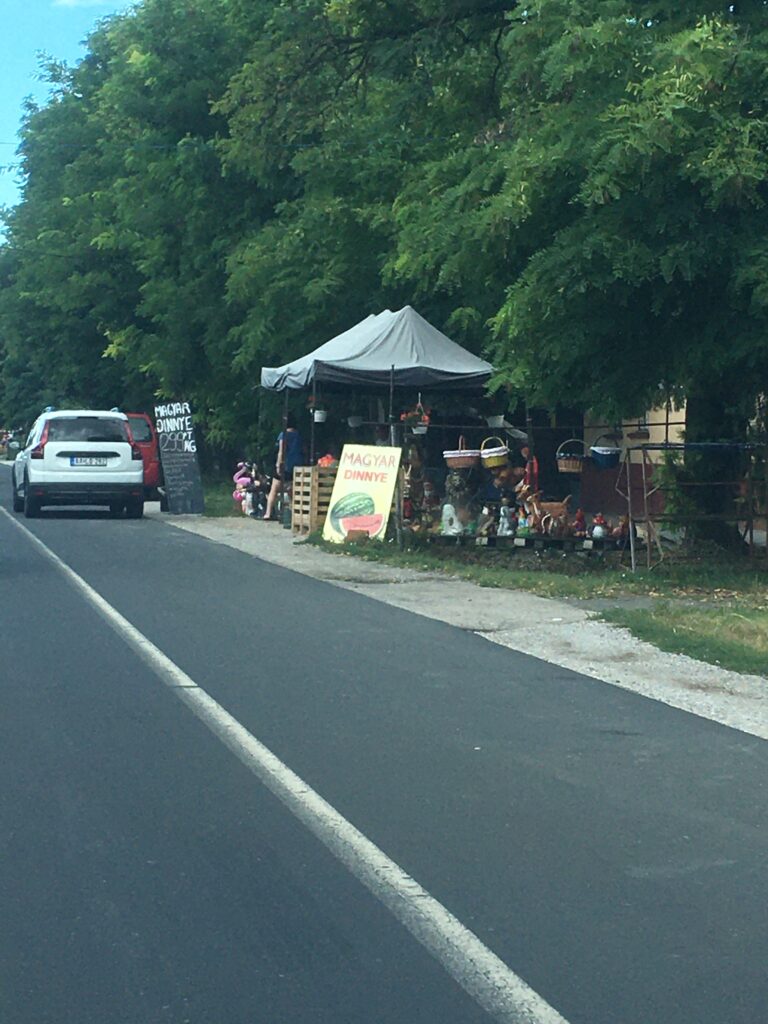
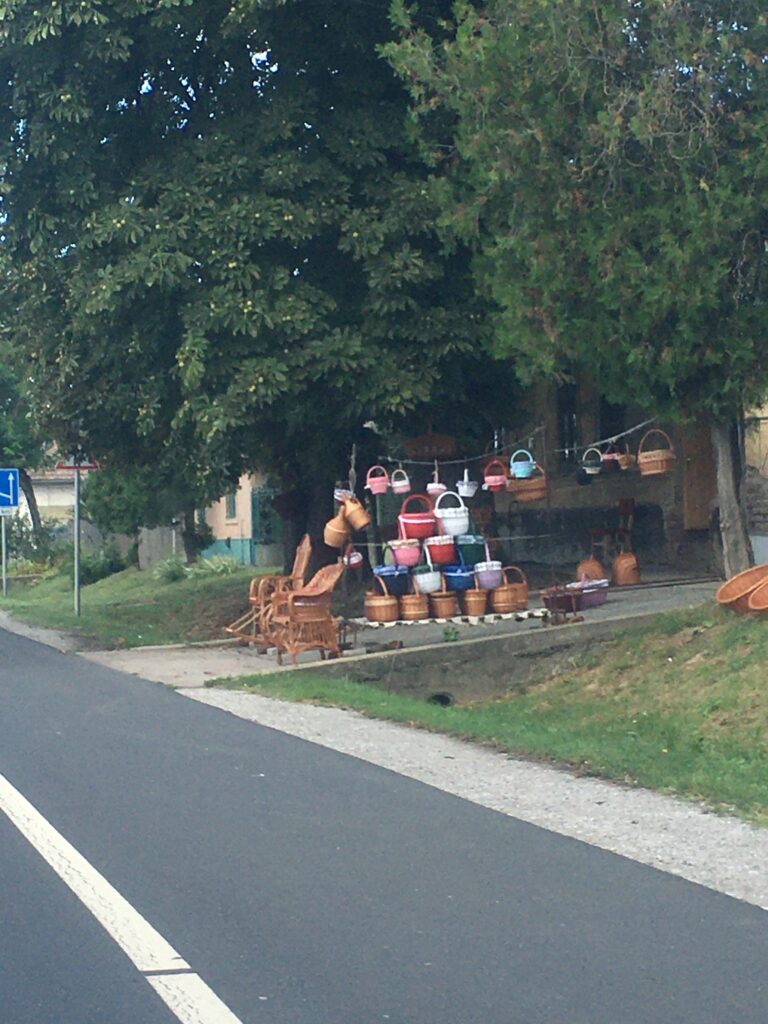
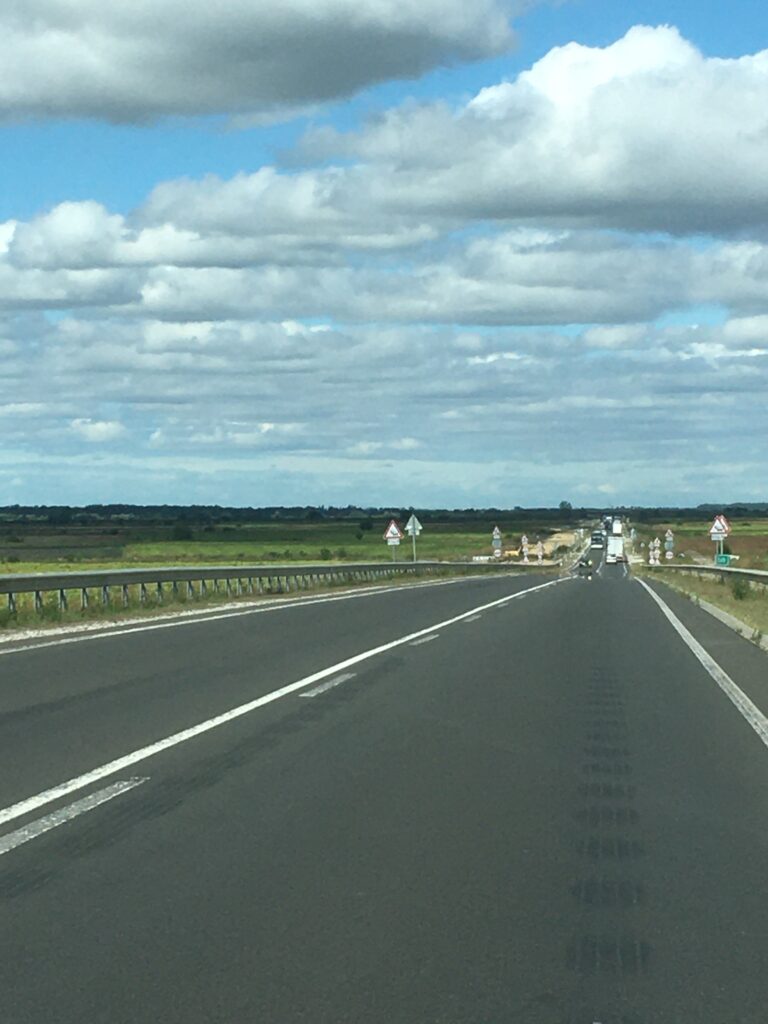
Trizs
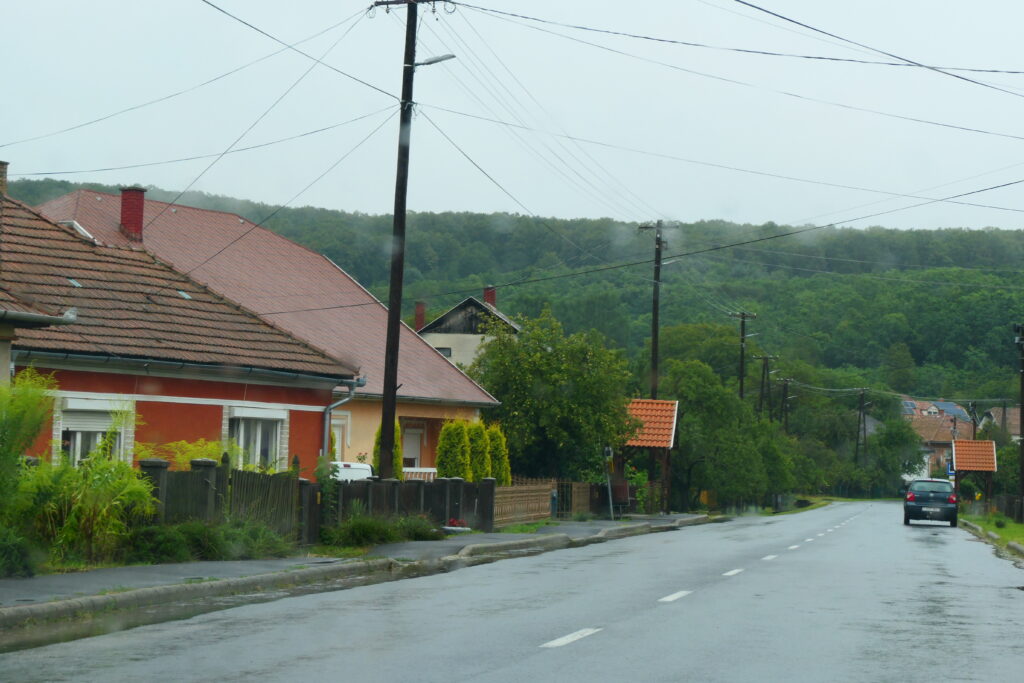
Trizs is a small village located in Baranya County, north eastern Hungary, where there are some hills!!
The village offers a glimpse into the country’s agricultural past, with farms and local customs shaping the community’s way of life. Trizs is a perfect example of Hungary’s serene, lesser-known villages, offering authenticity and tranquility to visitors.
It was chilled, we liked it!
Tsz Lakótelep
Tsz Lakótelep is a residential area located in the town of Pécs, in central Hungary. It was originally developed as part of the agricultural cooperative movement in the mid-20th century, designed to accommodate workers and their families in a modern, planned community. The area features a mix of apartment blocks and low-rise buildings, providing affordable housing. Over time, Tsz Lakótelep has become a vibrant, diverse neighborhood with local shops, schools, and community services. While it may not be a major tourist destination, it offers a unique perspective on Hungary’s post-war development and remains an important part of Pécs’ urban landscape.
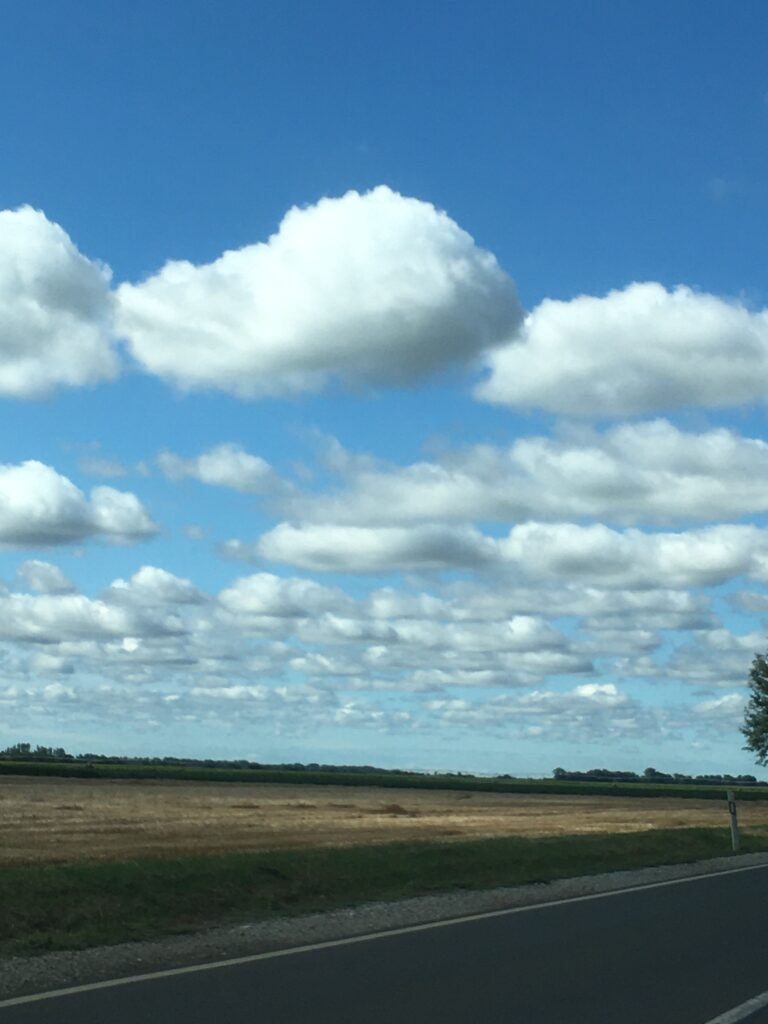
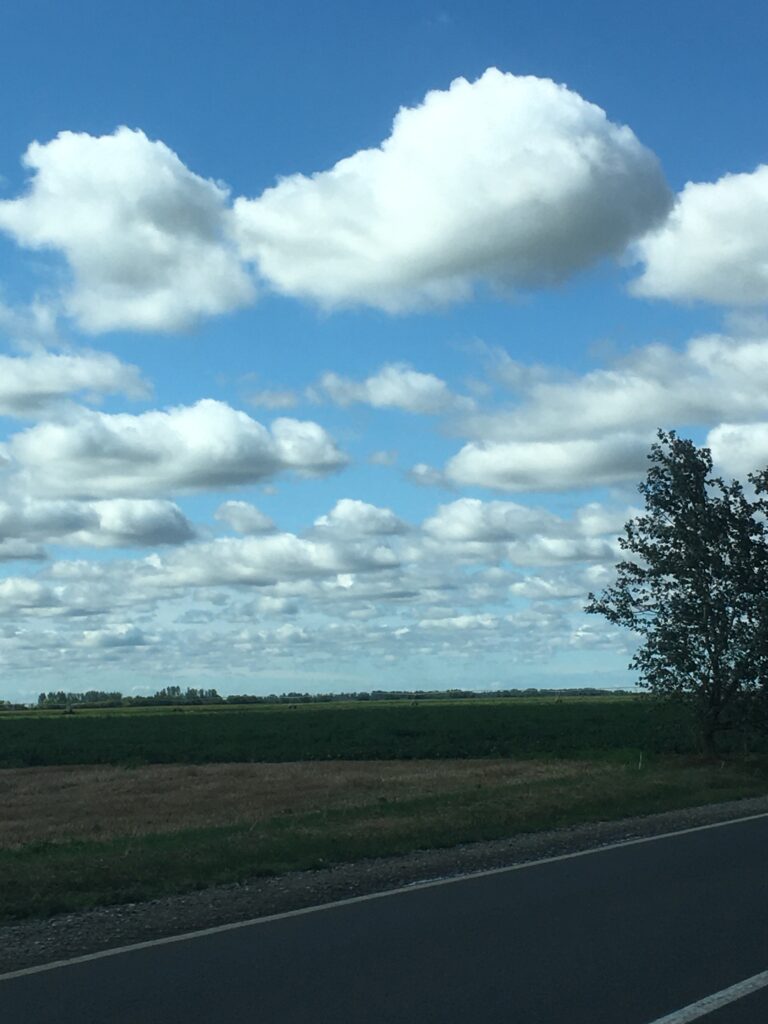
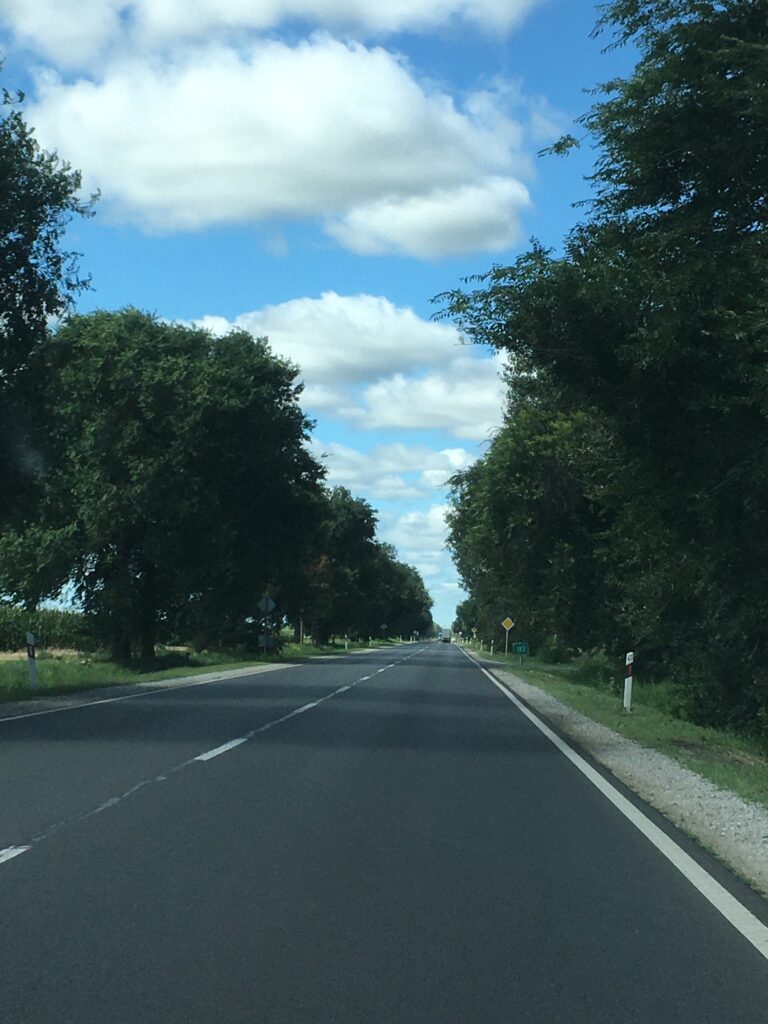
Zubogy
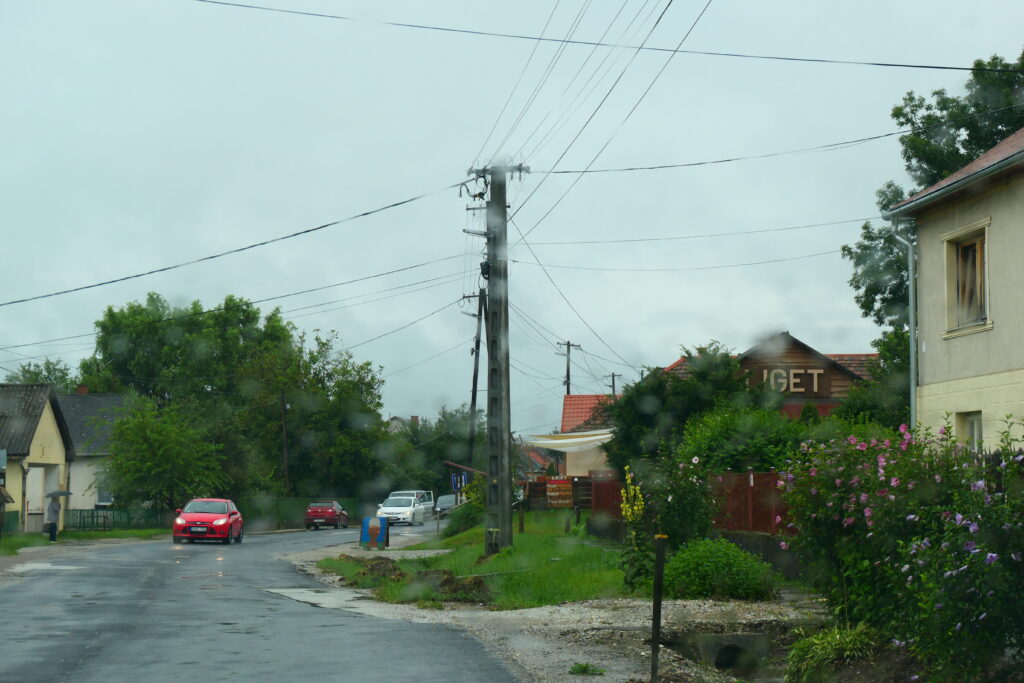
Zubogy is a small village located in the Komárom-Esztergom County of north eastern Hungary, which is the non-flat area of Hungary! Nestled in a peaceful rural setting, the village offers a glimpse into traditional Hungarian village life. It’s surrounded by forests and fields.
We had to stop there just because we liked the name!
What’s it like to drive in Hungary?
Driving in Hungary is easy and at the same time very frustrating, and possibly expensive! Drivers are pretty polite in the main – great! The A and B roads are mostly in a pretty sad state of affairs, and some are downright dangerous with very large potholes. Bearing in mind that you can travel at 90km per hour (about 55 mph) on these roads, and every now and then you may experience a massive bang as your shock absorbers get a hammering! Hungary, get it together!
The motorways on the other hand are in great shape … in fact, there are large billboards pointing this out, alongside the fact that there are no queues on the motorways! But we, as well as almost everyone else it seems, mostly avoided them as there are tolls to use them.
Do you require an international driving permit in Hungary?
We’ve created a dedicated page to driving abroad, which answers this question, and more, which you might find helpful.
Can you use your UK driving license when driving through Hungary?
We’ve created a dedicated page to driving abroad, which answers this question, and more, which you might find helpful.
Do I need a carnet de passages to drive in Hungary?
We’ve created a dedicated page to driving abroad, which answers this question, and more, which you might find helpful.
What are the speed limits in Hungary?
As with almost everywhere on the continent of Europe, they drive on the right hand side of the road in Hungary.

The speed limits for cars in Hungary are:
- 30 mph (50 km/h) for urban driving
- 55 mph (90 km/h) outside of built up areas
- 70 mph (110 km/h) on dual carriageways
- 80 mph (130 km/h) on motorways
What currency do they use in Hungary?
In Hungary they use the Hungarian Forint. The use of credit / debit cards is now widespread, although not guaranteed – have some cash just in case, particularly in cafés and restaurants. Travellers cheques are accepted. There are lots of ATMs. Euros are also widely accepted, although exchange rates are often poor in restaurants etc.
You should make yourself aware of the amount that your bank charges you for using credit and debit cards abroad. Often credit cards are cheaper for purchasing items directly, and for withdrawing cash from ATMs.
What language do they speak in Hungary?
They speak Hungarian in Hungary, although one in 6 the population also speaks English. We found that German is also widely spoken in tourist areas.
What time zone is Hungary in?
Remember, when you’re planning your next trip to take a look at what time zone it’s in.
Do I need a visa to visit Hungary?
We’ve created a dedicated, more comprehensive page on visas, which you should find helpful. Check it out!
Is wild camping legal in Hungary?
Yes, wild camping is fine in Hungary, although you should avoid national parks and natural reserves.
What plug / socket type do they use in Hungary?
In Hungary they use plug / socket types C and F.


Health issues in Hungary
Is it safe to drink water in Hungary?
Yes, it is generally safe to drink tap water in Hungary, although caution should be exercised in some of the less touristy areas. Bottled water is also readily available across the country.
What vaccinations are required for Hungary?
This NHS website is kept up to date with all relevant information on vaccinations in Hungary.
Phones in Hungary
What is the country calling code for Hungary?
The country calling code for Hungary is +36
What are the emergency phone numbers in Hungary?
- The emergency number for police in Hungary is: 112 / 107
- In Hungary, the emergency number for ambulance is: 112 / 104
- The emergency number for fire in Hungary is: 112 / 105
If you’ve got some useful info that you’d like to share, let us know!
Don’t forget to check out all the other pictures!

